The Cars
The cars admitted to the Mythical Cars Rally are:
Wrc Plus
Citroen C3
Ford Fiesta
Hyundai i20 Coupè
Toyota Yaris
It is an incontrovertible fact that the Wrc Plus, the queen cars of the
World Rally Championship, represent the pinnacle and state of the art of
the category. Never has any generation of cars offered such performance,
combined with those standards of safety and spectacularity.
The Plus
shared the engine displacement with the Wrc 1600s, but they have been an
evolution in every aspect and thanks to the aerodynamic concessions they
have returned to having shapes that are truly capable of exciting.
With
engines of around 380 hp, a weight of less than 1,200 kg and an active
central torque distributor, the Plus were significantly faster than the
previous generation and at high speeds, even the aerodynamic component,
thanks to the extractors and rear appendages, contributed significantly
to increase its performance.
It was also a "lucky" regulation from a
sporting point of view, given that from 2017 to 2021 it allowed all the
manufacturers involved to win at least once both among the riders and
among the manufacturers.
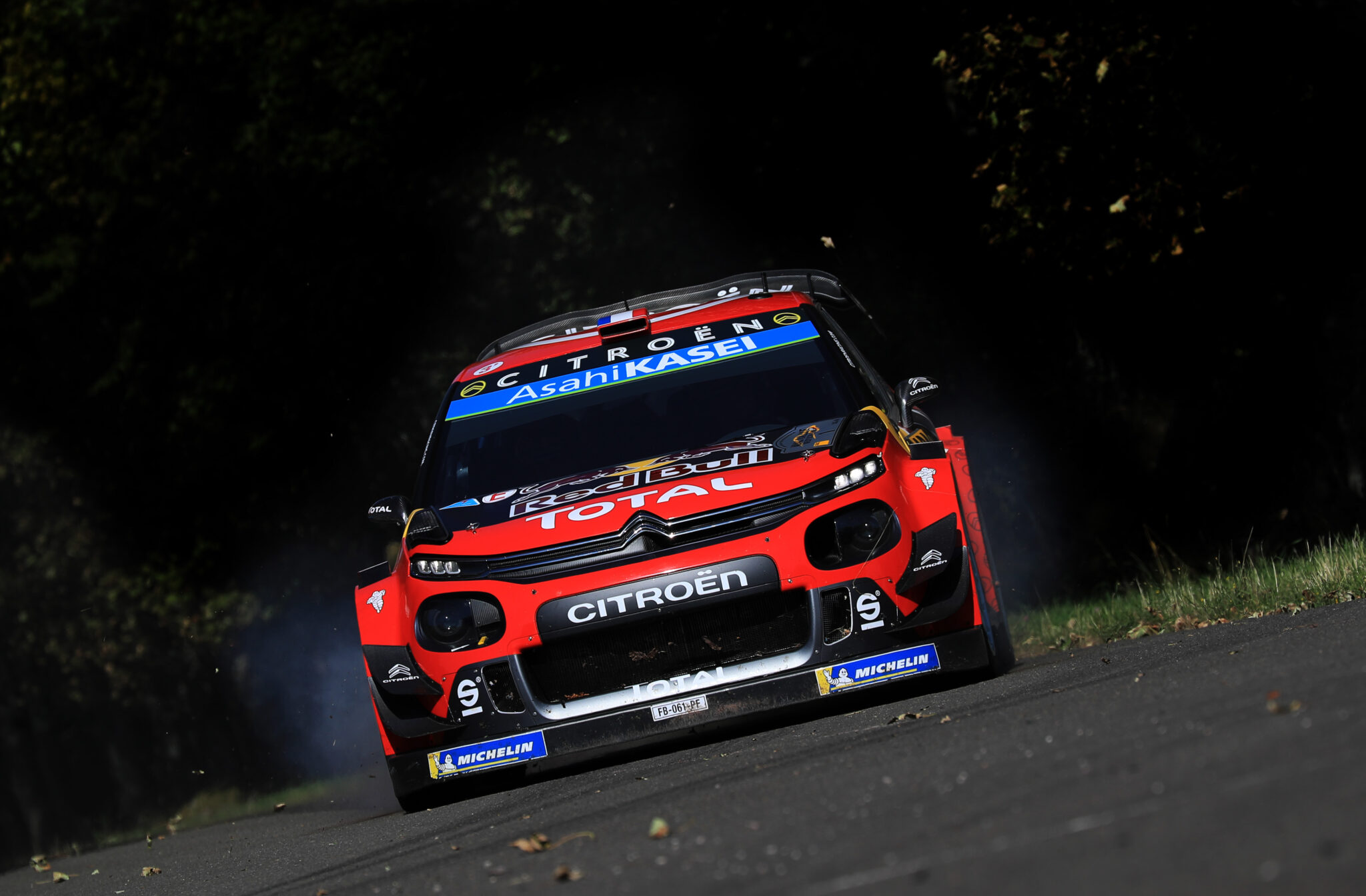
Citroen C3
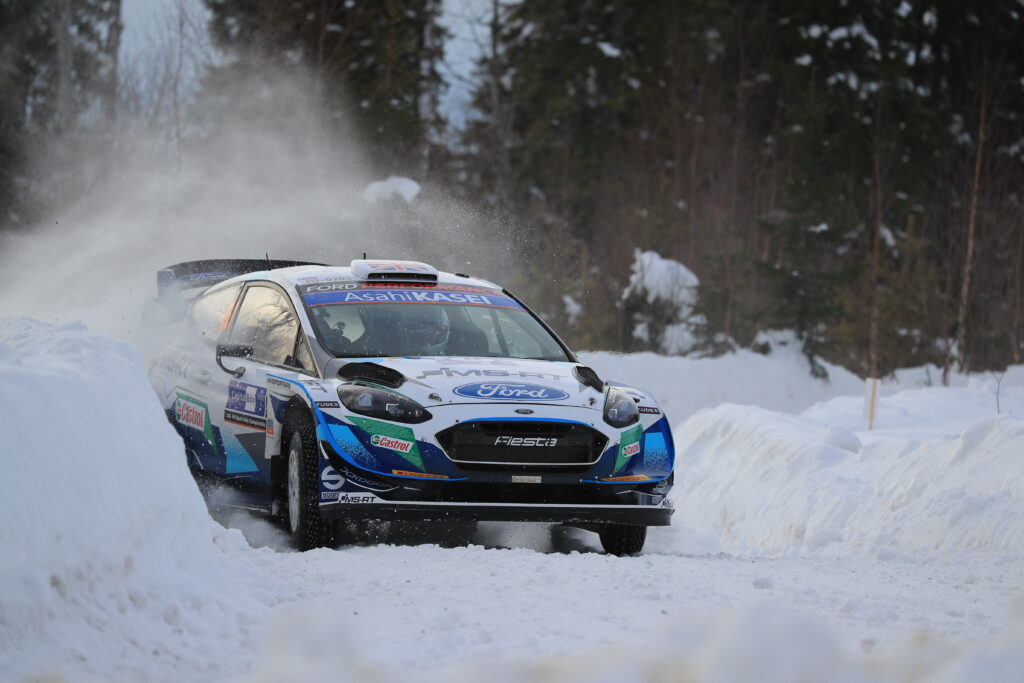
Ford Fiesta
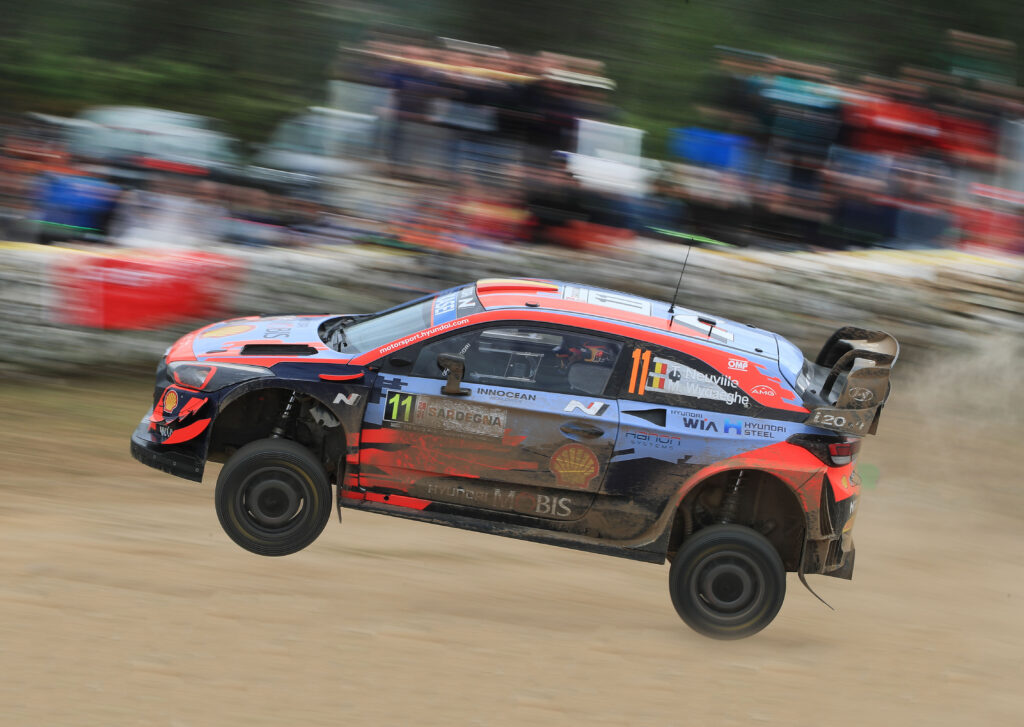
Hyundai i20 Coupè
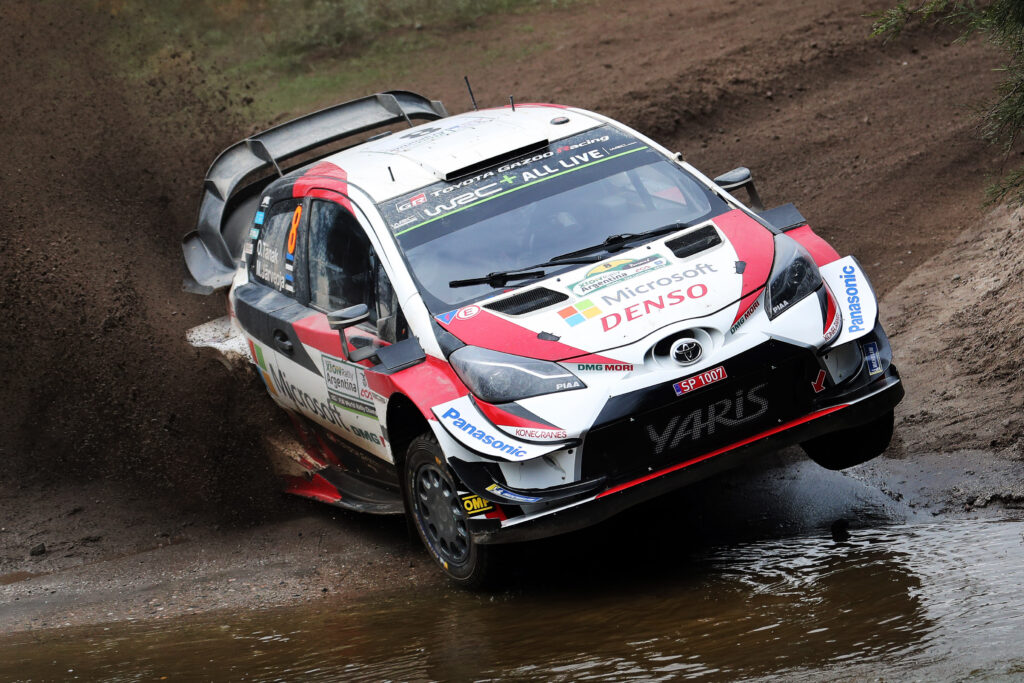
Toyota Yaris
Wrc, 1.600 cc
Ford Fiesta RS
Hyundai i20
Hyundai i20 NG
Mini Cooper S1600 T
Volkswagen Polo R
Citroen DS3
At the beginning of 2011, after 14 years of more than honorable service,
the first generation World Rally Cars gave way to the Wrc 1600, wanted
by the FIA which had already inaugurated the downsizing trend and was
looking for a way to simplify the cars existing
An objective that was
pursued and achieved, introducing substantial regulatory limitations,
especially at the transmission level, with the abandonment of
electro-actuated gearboxes and many electronic controls.
The formula of
the Wrc 1600 proved to be right from the start, because it not only
allowed the manufacturers already involved in the World Championship to
stay in the loop, but it favored the entry of others.
In 2011 the Mini
arrived, the result of the collaboration between BMW and Prodrive, which
was followed in the years to come by Hyundai and Volkswagen, with the
Polo dominating from 2013 to 2016:
a story destined to continue also
with the advent of the Plus, if the stop hadn't come after the
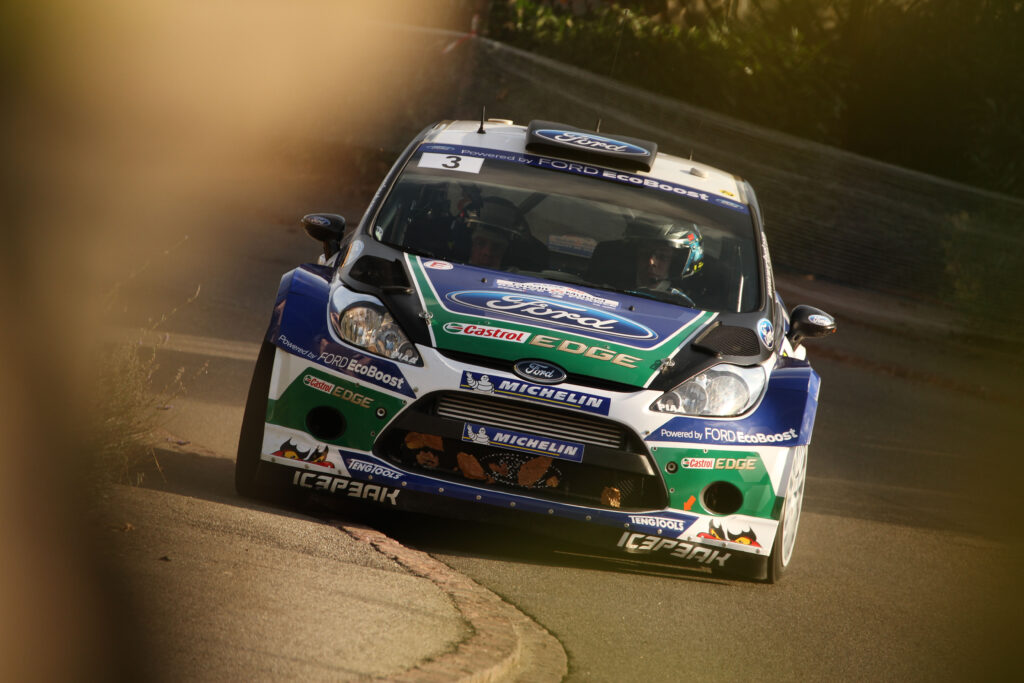
Ford Fiesta RS
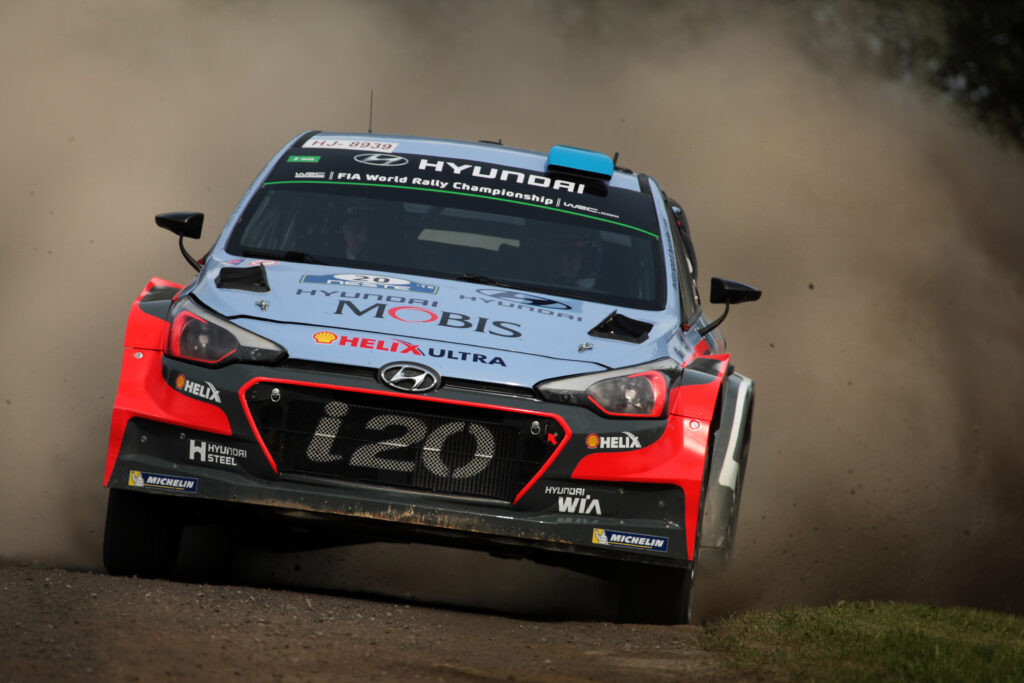
Hyundai i20
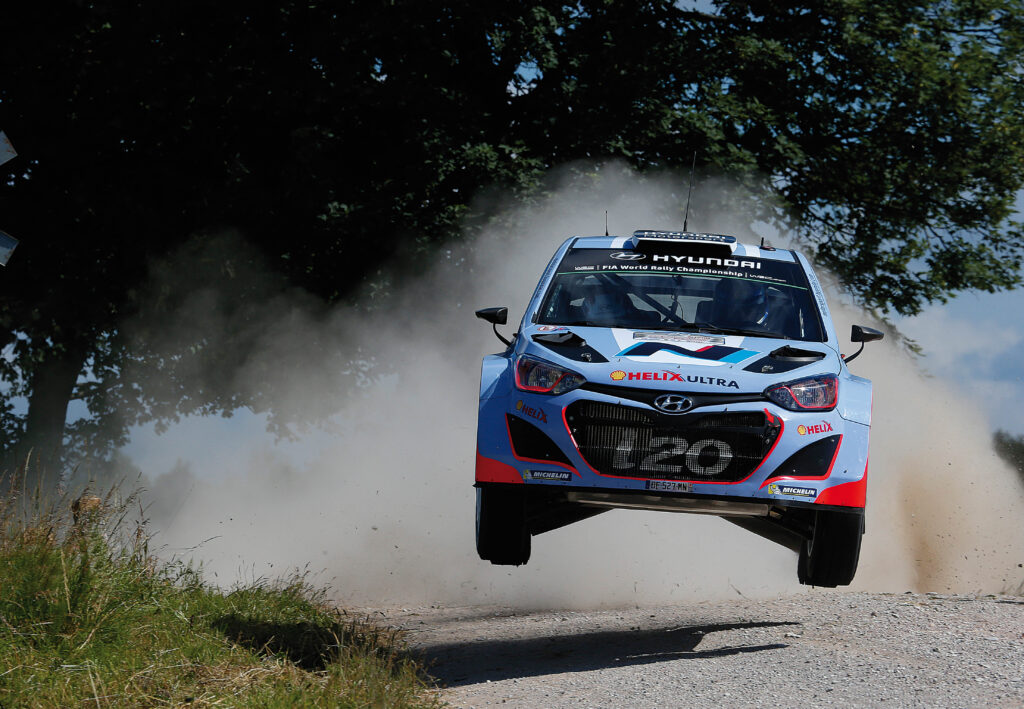
Hyundai i20 NG
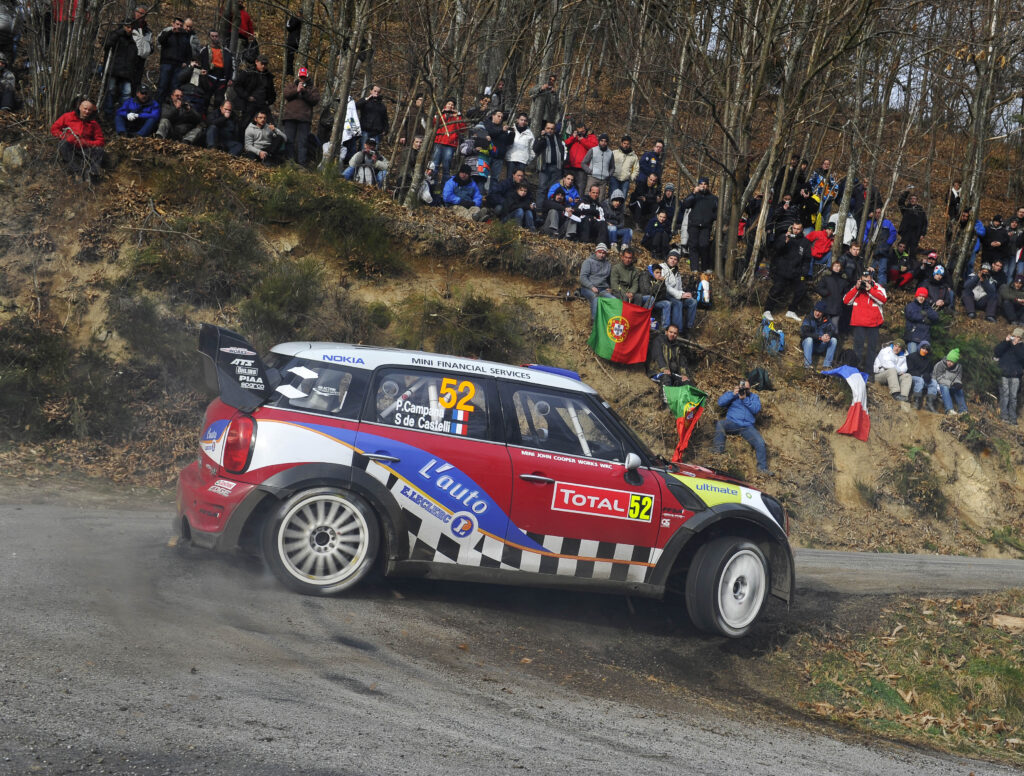
Mini Cooper S1600 T
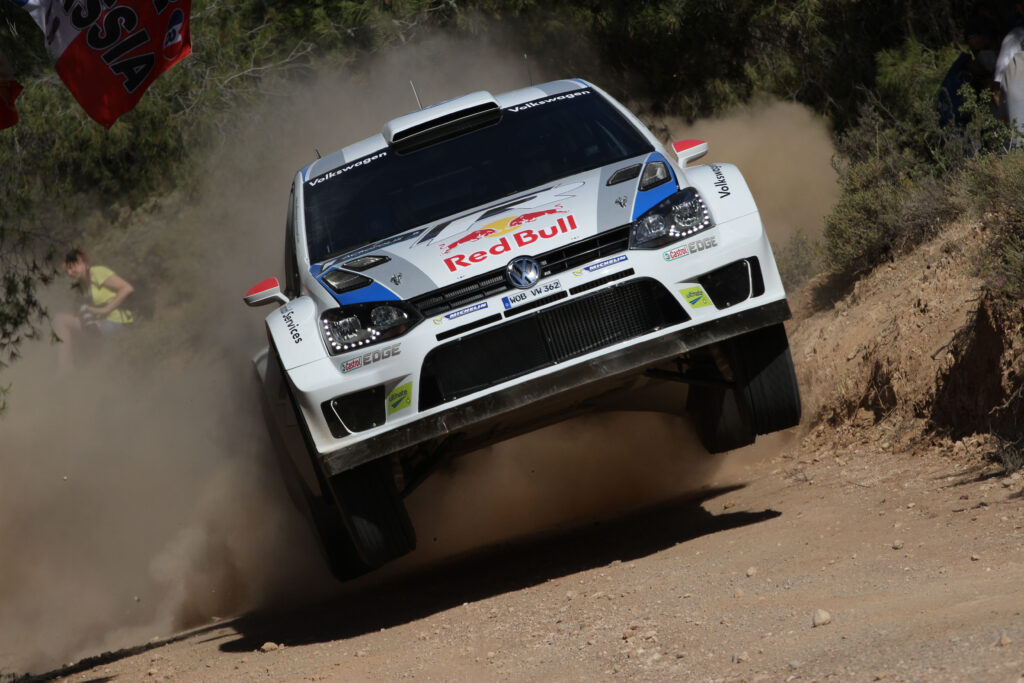
Volkswagen Polo R
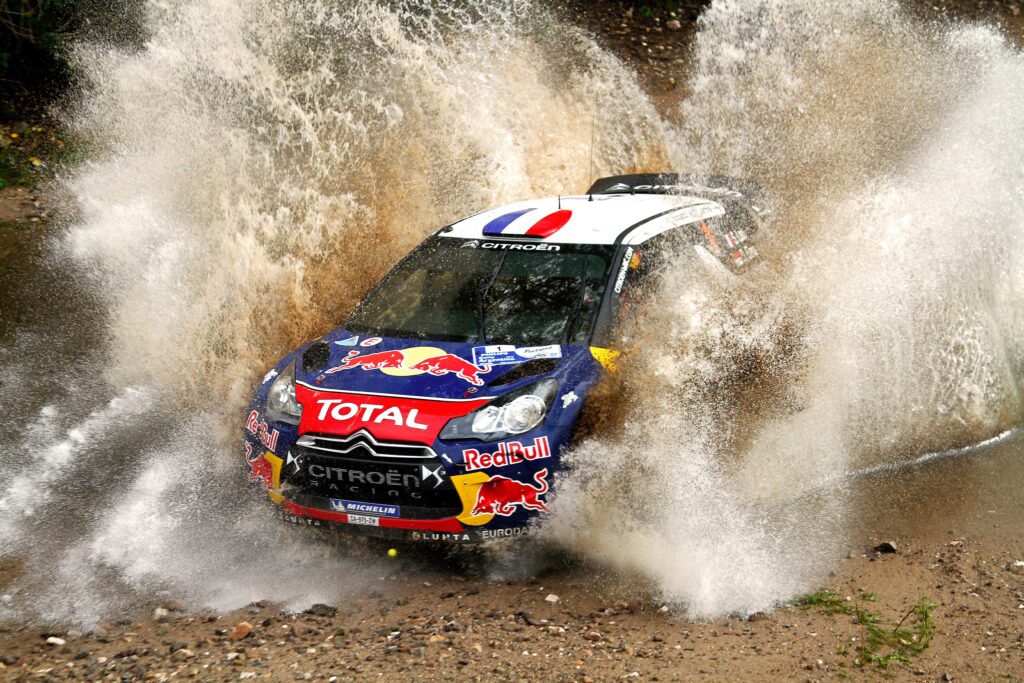
Citroen DS3
R-GT
Abarth 124 R-GT
Porsche 997 GT3 R-GT
Alpine A110 R-GT
The R-GT rally cars, whose international cup was introduced by the FIA starting in 2015, represent a spectacular and very tasty return to the past. The current Porsche 997 GT3 or the Alpine A110 in its modern version wink at cars which - despite coming from a totally different origin - left an important mark in the history of rallies between the 1970s and 1980s.
Among the Gran Turismo that have crossed over into the specials in the past, one cannot fail to mention the Ferrari 308 prepared by Michelotto with which Tonino Tognana won the Tricolore in 1982. Returning to modernity, the category desired by the FIA awarded its first title in the 2015 to a great champion like François Delecour, but the Italians Enrico Brazzoli, who won the title in 2019 and Andrea Mabellini, who made it his own in 2020, are also in the roll of honor of the FIA R-GT Cup.
R-GT is also the last rally car produced by Abarth, the 124 R-GT whose development also contributed to Alex Fiorio. Abarth 124 R-GT
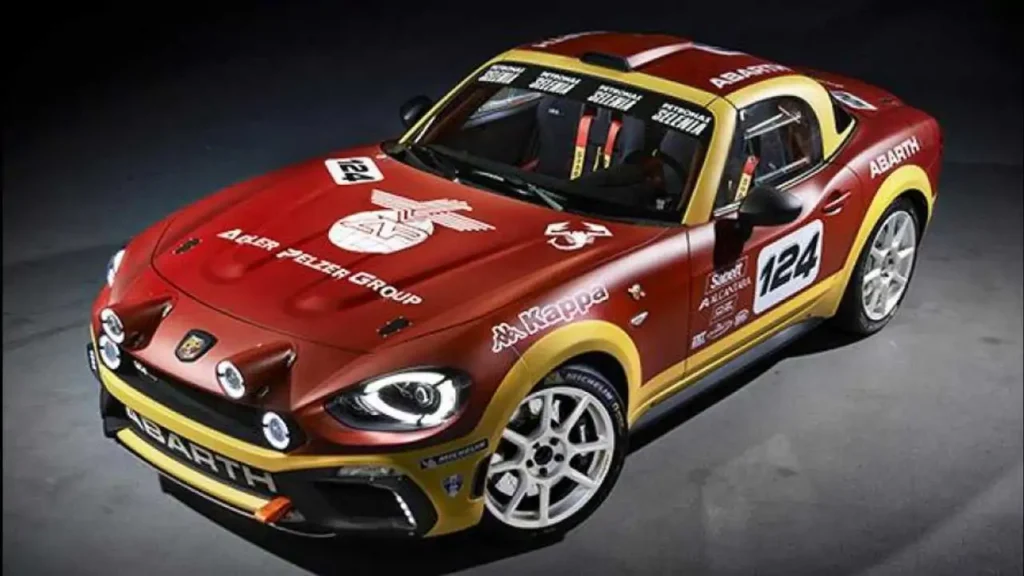
Abarth 124 R-GT
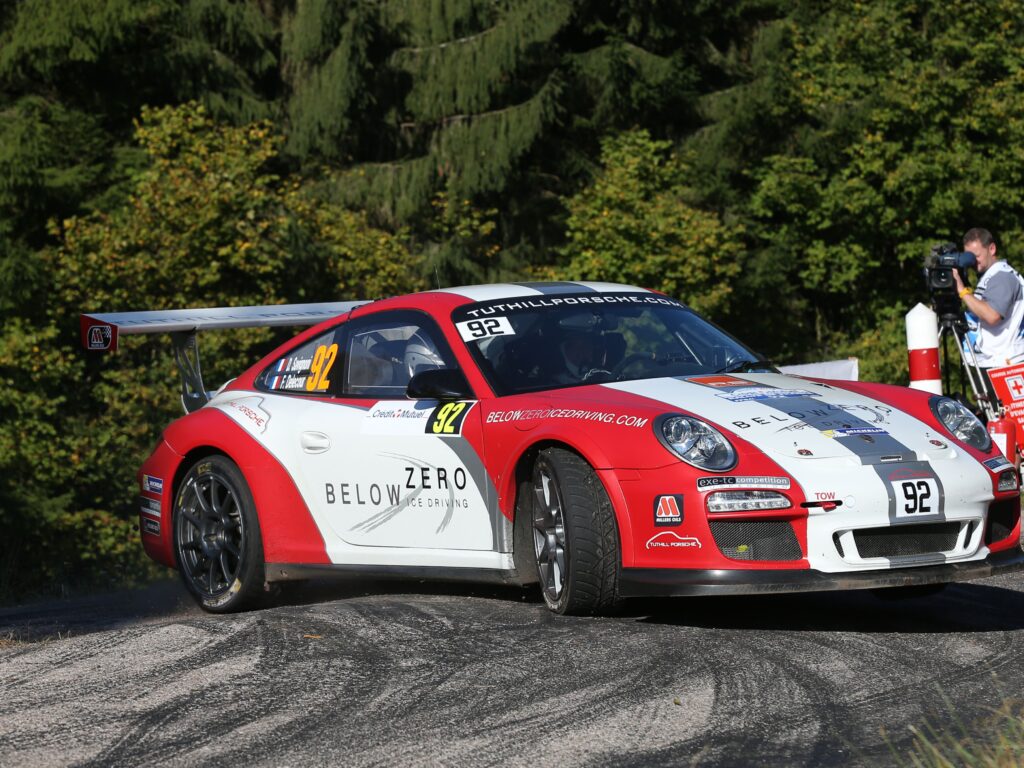
Porsche 997 GT3 R-GT
MANCA
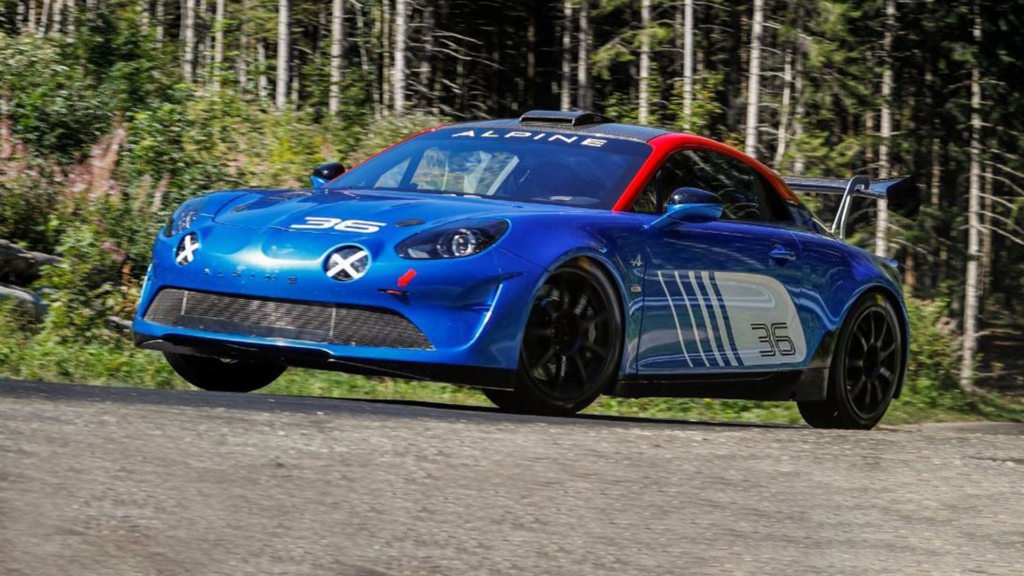
Alpine A110 R-GT
Wrc, 2.000 cc
Subaru Impreza (all WRC versions)
Ford Escort
Toyota Corolla
Seat Cordoba
Ford Focus (all WRC versions)
Skoda Octavia
Mitsubishi Lancer
Peugeot 206
Peugeot 307
Hyundai Accent
Citroen Xsara
Citroen C4
Suzuki SX4
Skoda Fabia WRC
The first generation of World Rally Cars made its debut in 1997, the
result of a regulation wanted by the FIA to extend and improve the A8.
With a weight of 1,230 kg and power in the order of 330 - 340 hp, the
two-litre supercharged Wrcs had performance very similar to those of the
Group A at their maximum evolution, with which they shared the roots.
Numerically, the technical regulation has been very successful, given
that no less than eleven manufacturers have ventured into it and it has
also been very long-lived, given that this type of car was adopted in
the World Rally from 1997 to 2010.
Compared to the Group A from which
they derived, the first Wrcs enjoyed greater technical freedom and were
able to enjoy a long technological evolution (adoption of
electro-actuated gearboxes, active electronic differentials, etc.) which
led performance to grow significantly over a decade .
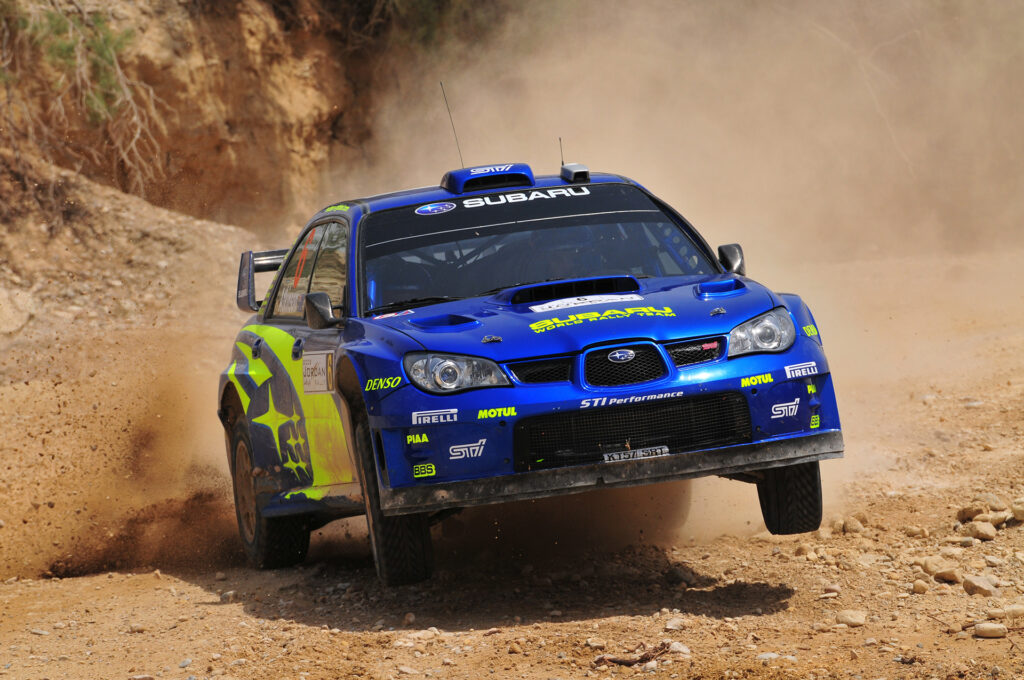
Subaru Impreza
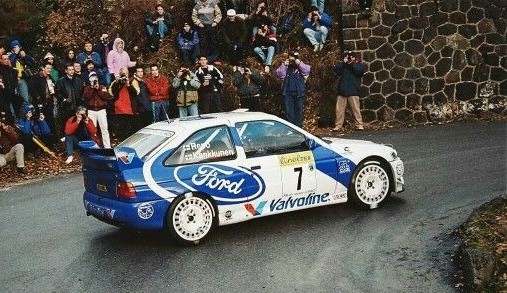
Ford Escort
MANCA
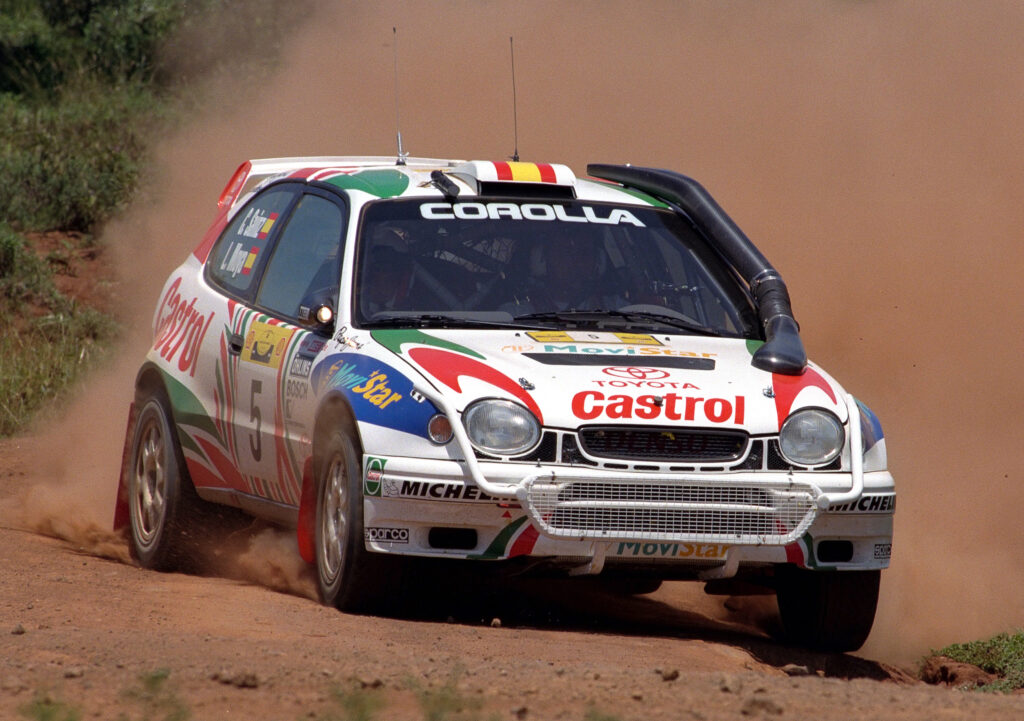
Toyota Corolla
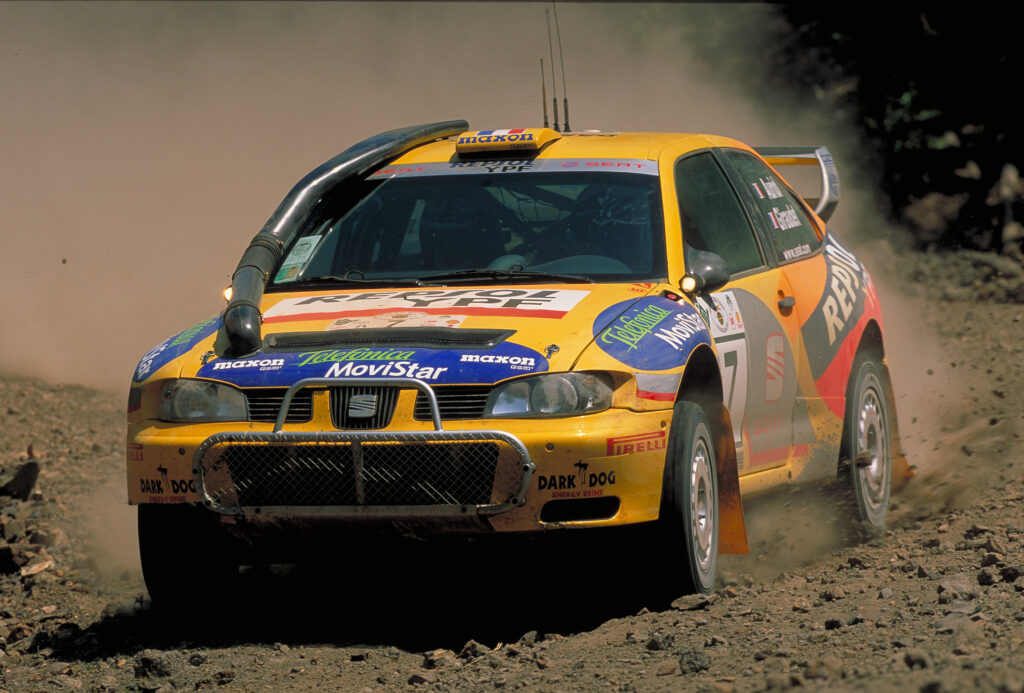
Seat Cordoba
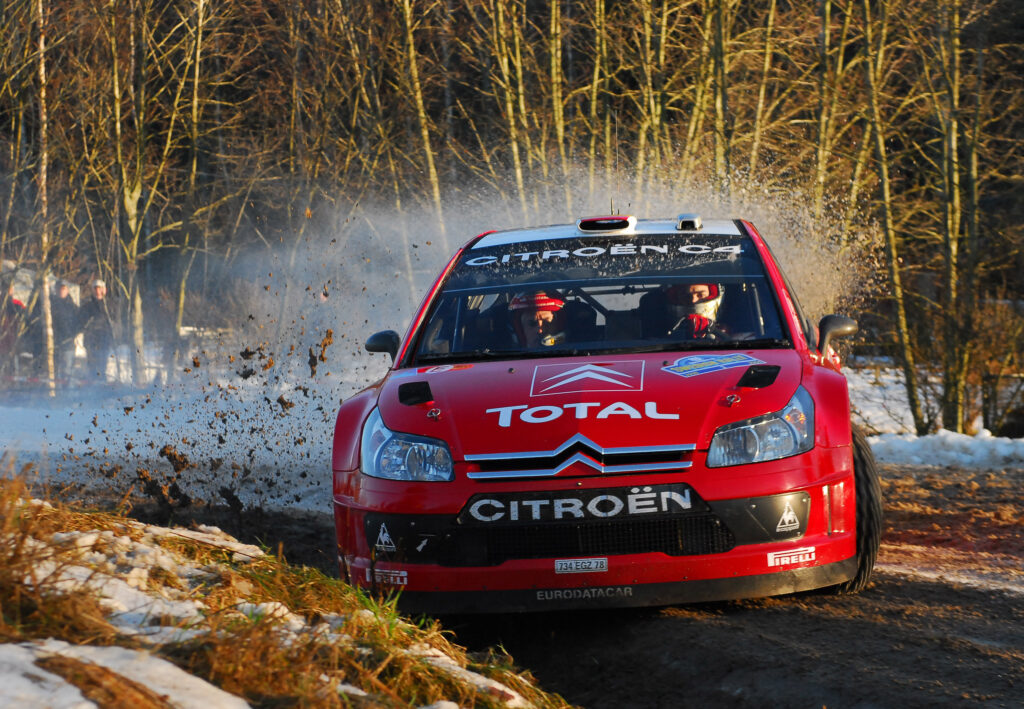
Citroen C4
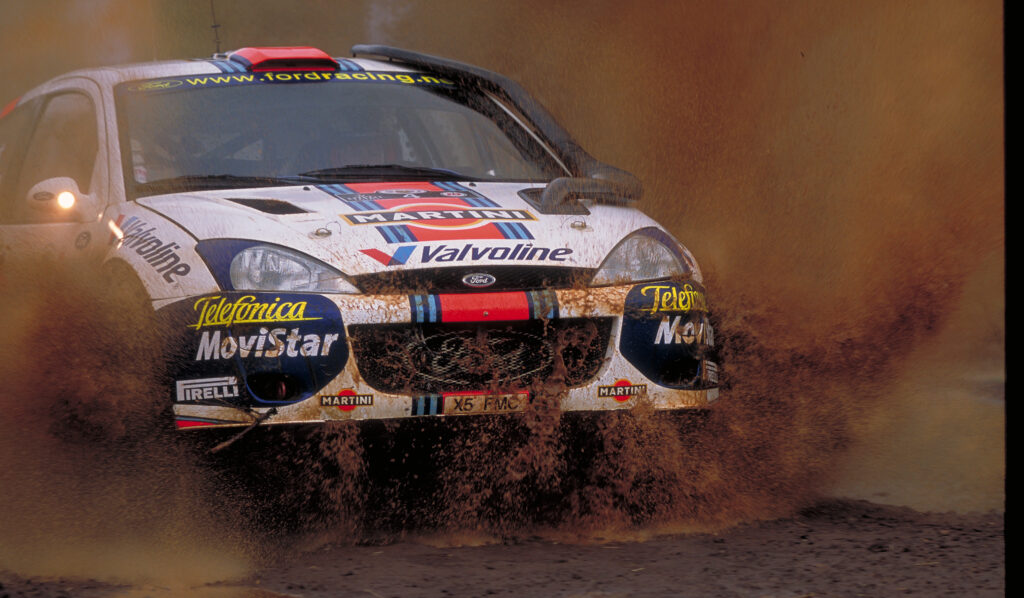
Ford Focus
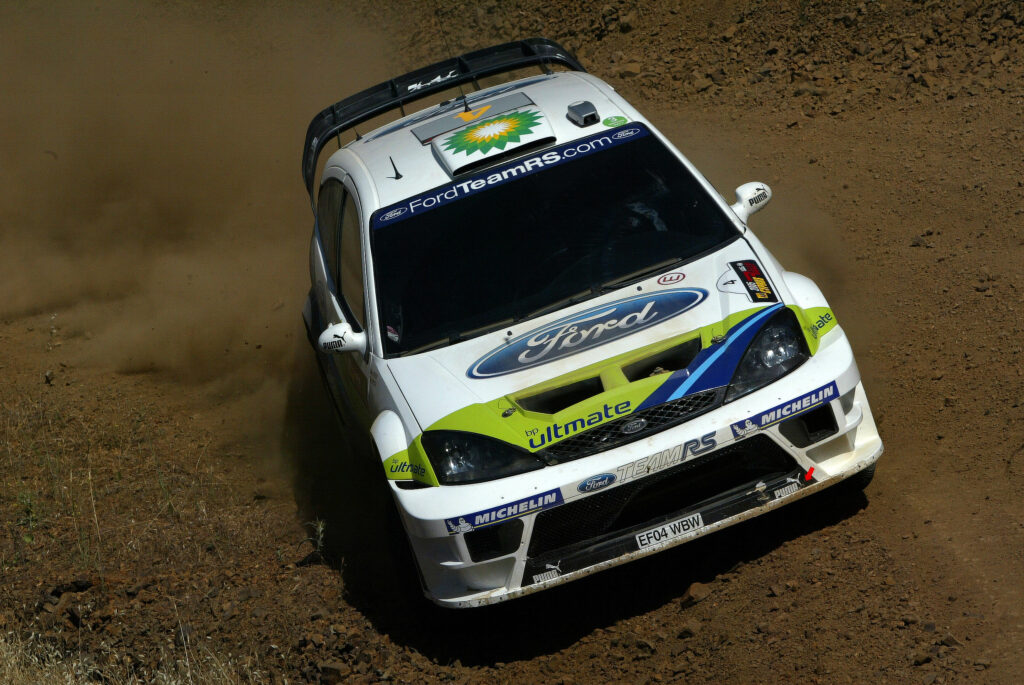
Ford Focus
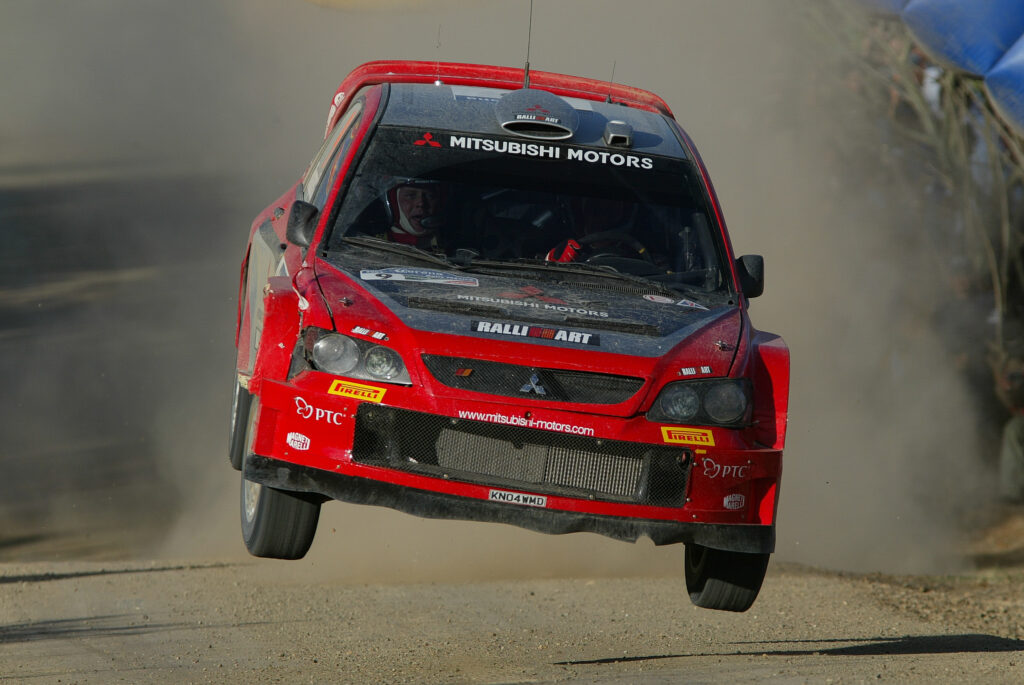
Mitsubishi Lancer
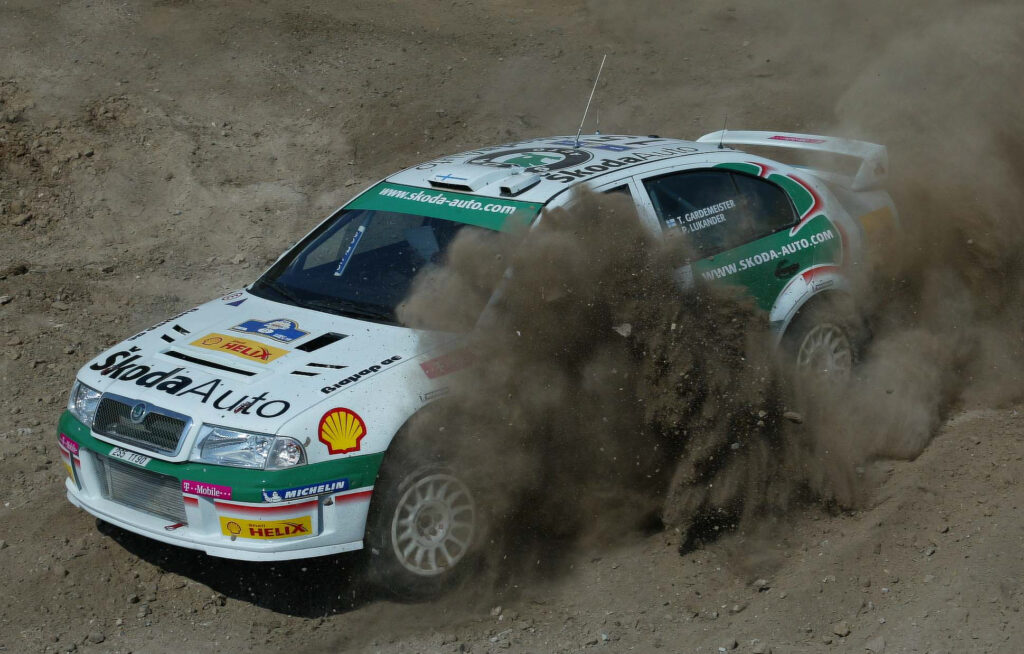
Skoda Octavia
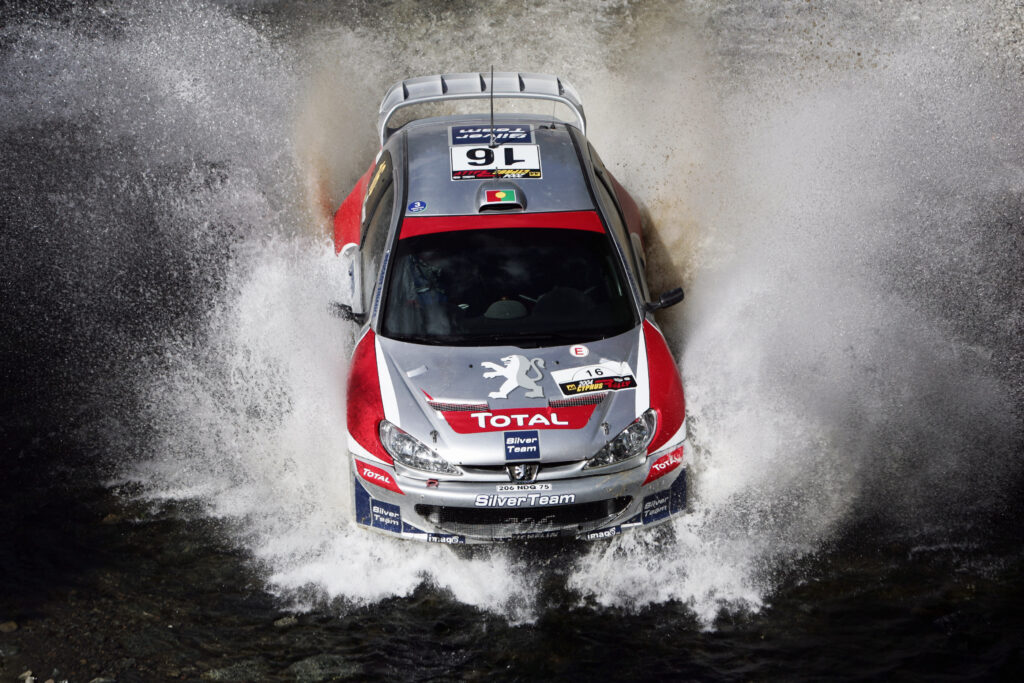
Peugeot 206
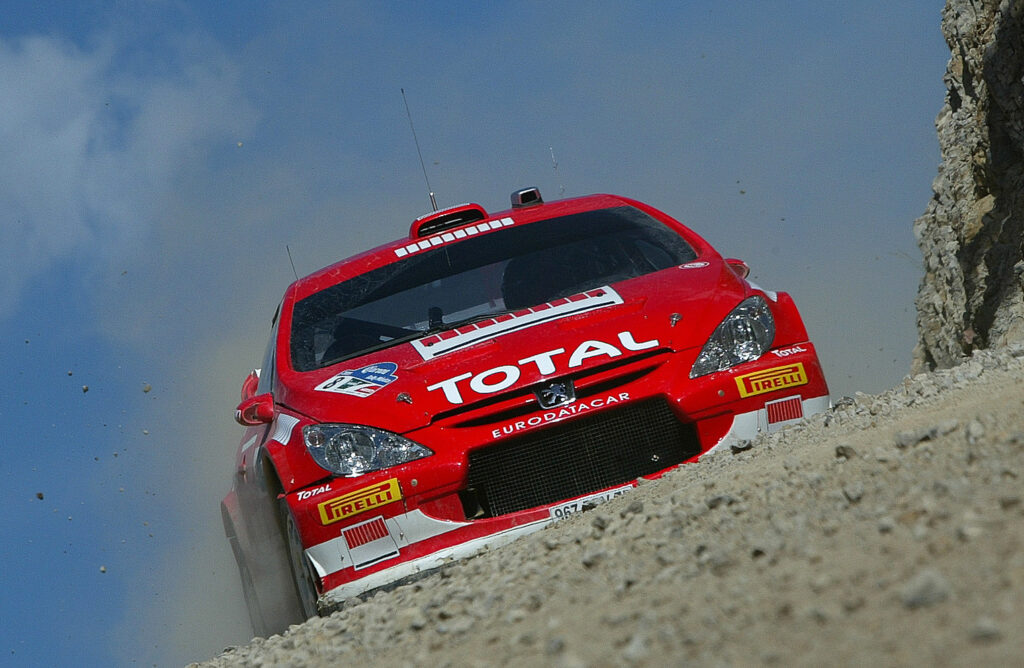
Peugeot 307
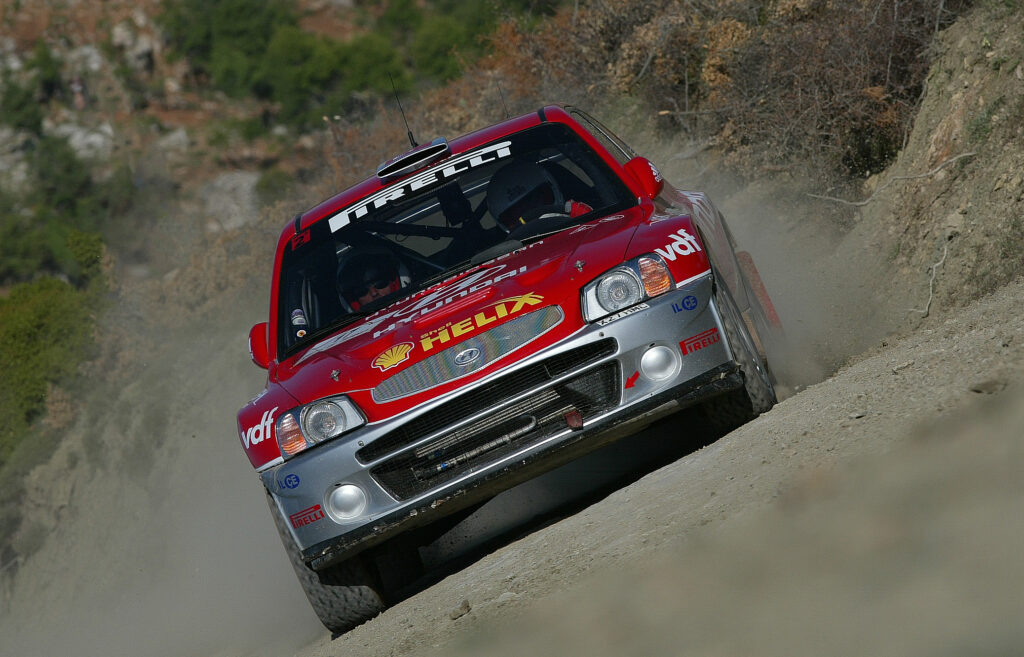
Hyundai Accent
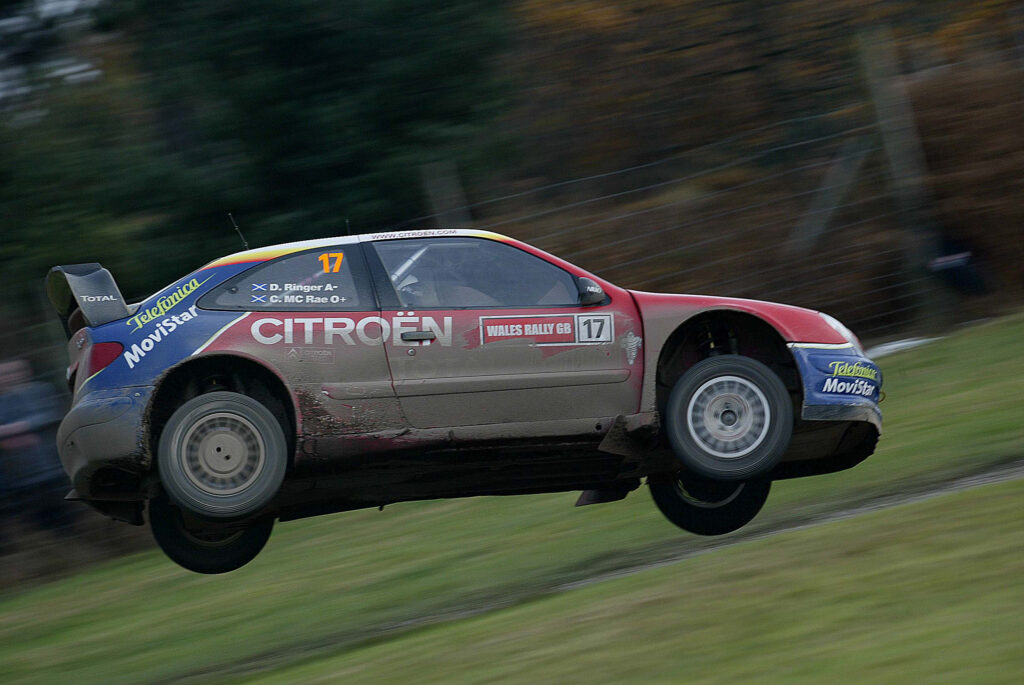
Citroen Xsara
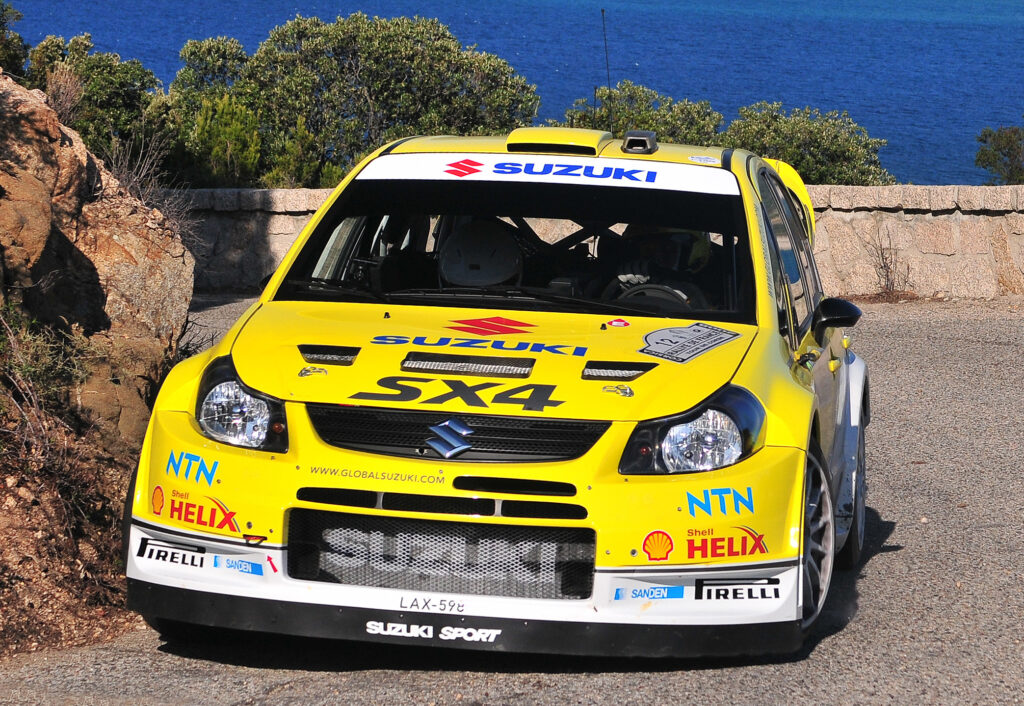
Suzuki SX4
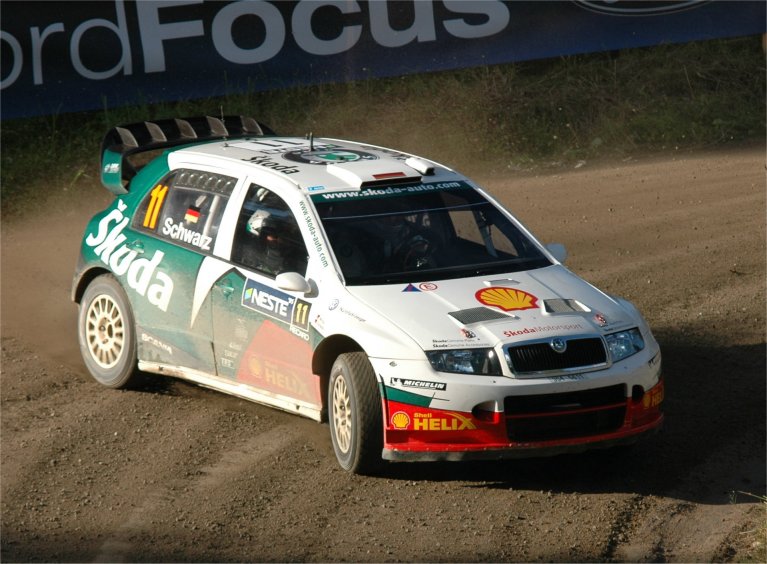
Skoda Fabia WRC
Super 2000
Fiat Grande Punto
Skoda Fabia
Ford Fiesta
Toyota Corolla
Vw Polo
Born as a link between the Super 1600 and the first generation World Rally Cars, the Super 2000 cars marked an era in the panorama of national championships, regional series and the Intercontinental Rally Challenge, dominating the scene from 2006 to 2011.
Equipped with an atmospheric engine with a displacement of up to two liters, with a 64 mm intake flange, the Super Cars had a power of around 280 hp, for a minimum weight set at 1150 by regulation.
Four-wheel drive, six-speed sequential gearbox and mechanical differentials.
The Super 2000s were also characterized by the greater freedom granted in terms of bodywork and aerodynamics compared to the Group A and Group N, with the possibility of widening the cars up to 1,800 mm and adopting a rear wing.
The category also marked the return of the Abarth brand to rallies, thanks to the Grande Punto S2000, the first car developed for the new category and winner of 4 European, 2 Italian and 1 IRC titles.
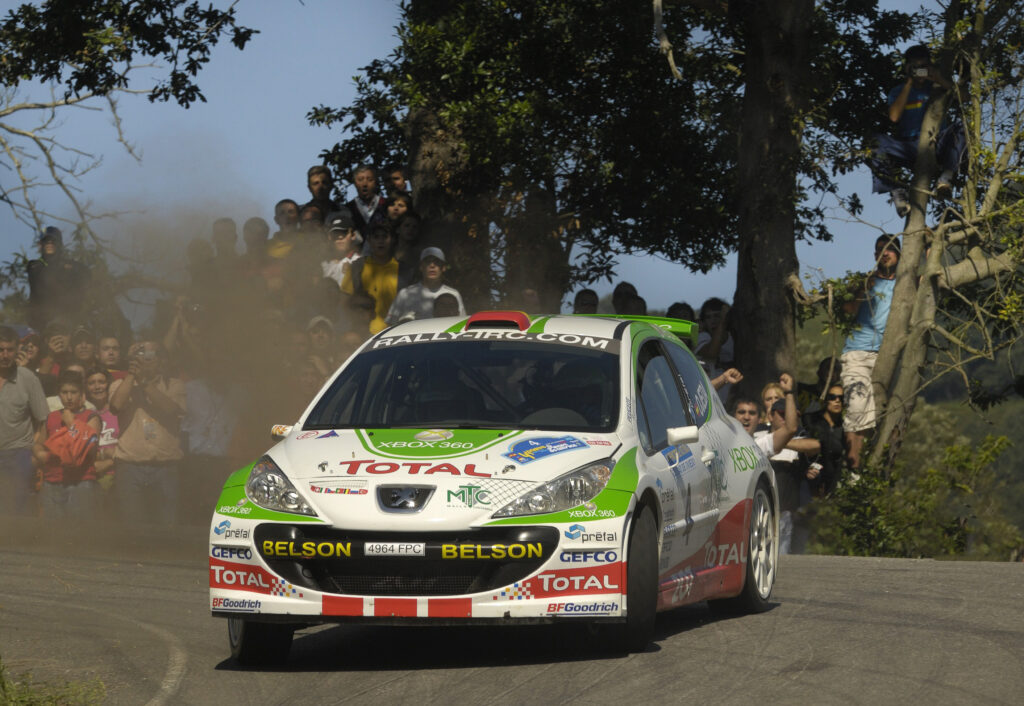
Peugeot 207
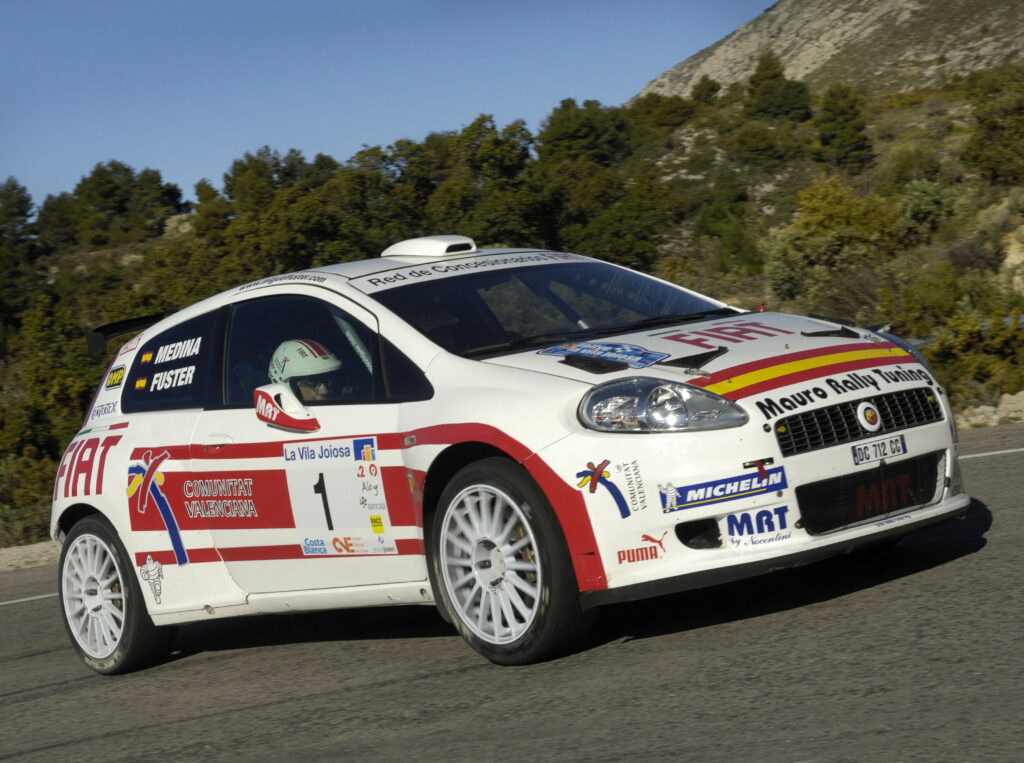
Fiat Grande Punto
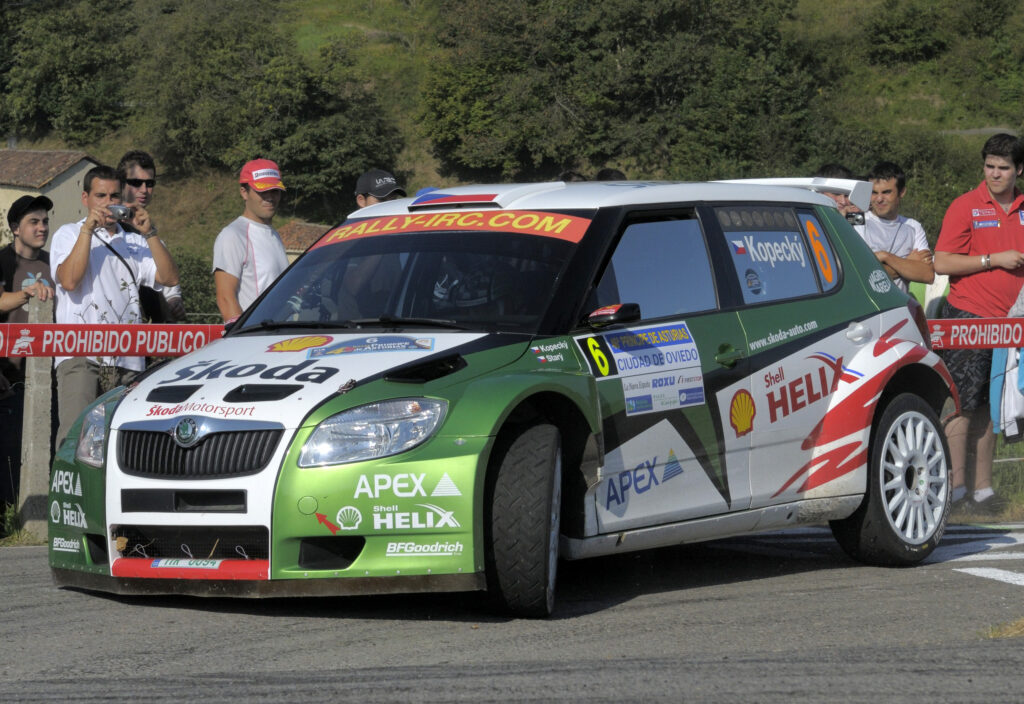
Skoda Fabia
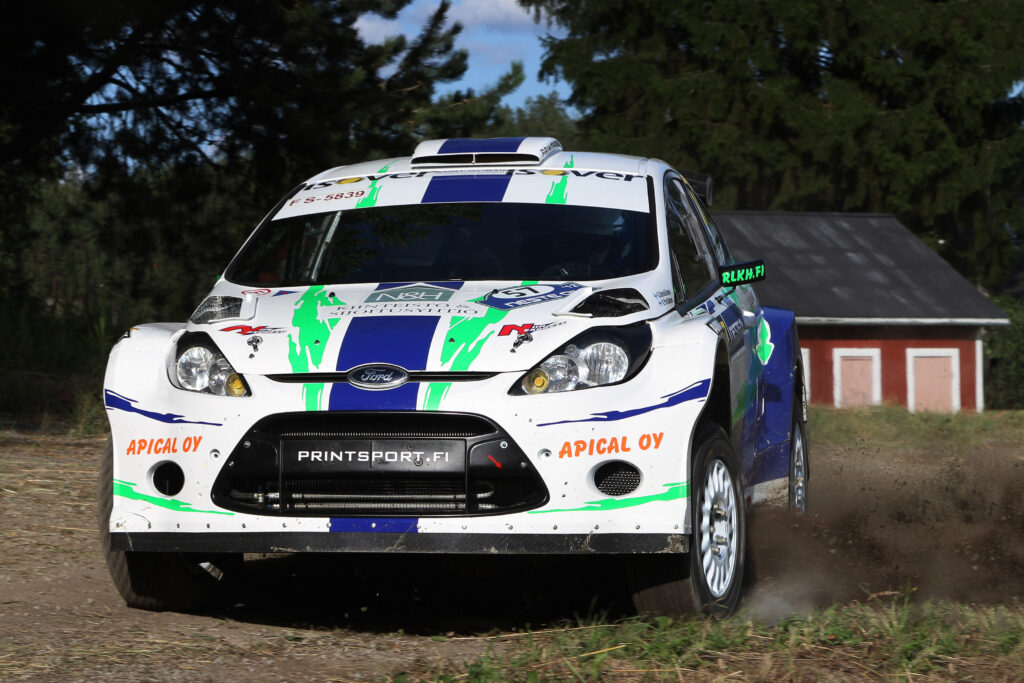
Ford Fiesta
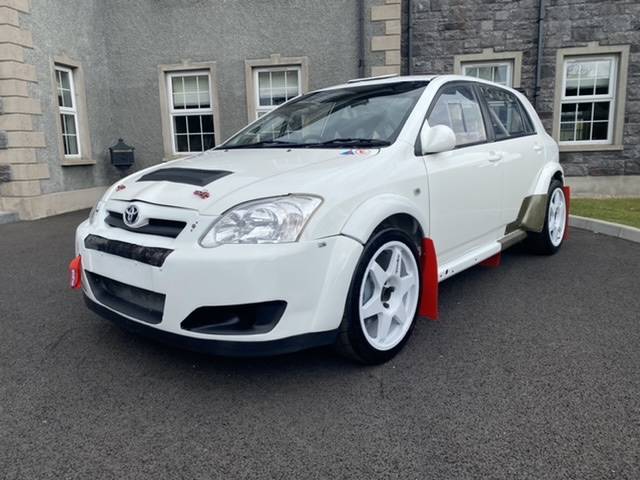
Toyota Corolla
MANCA
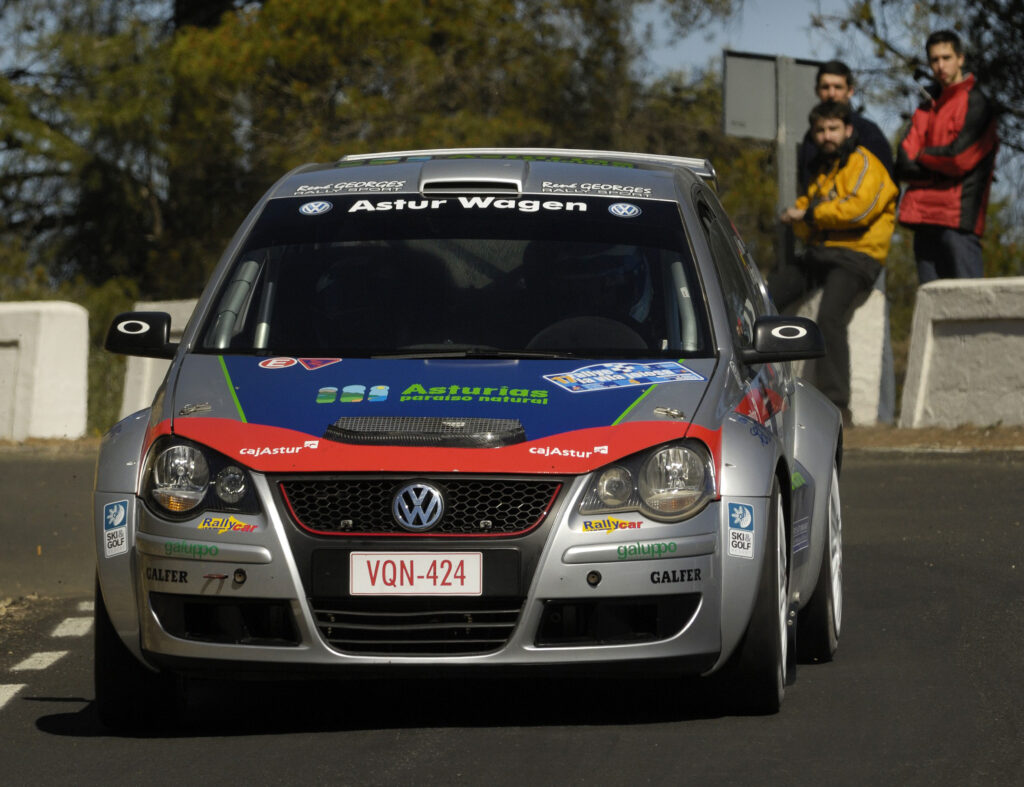
Vw Polo
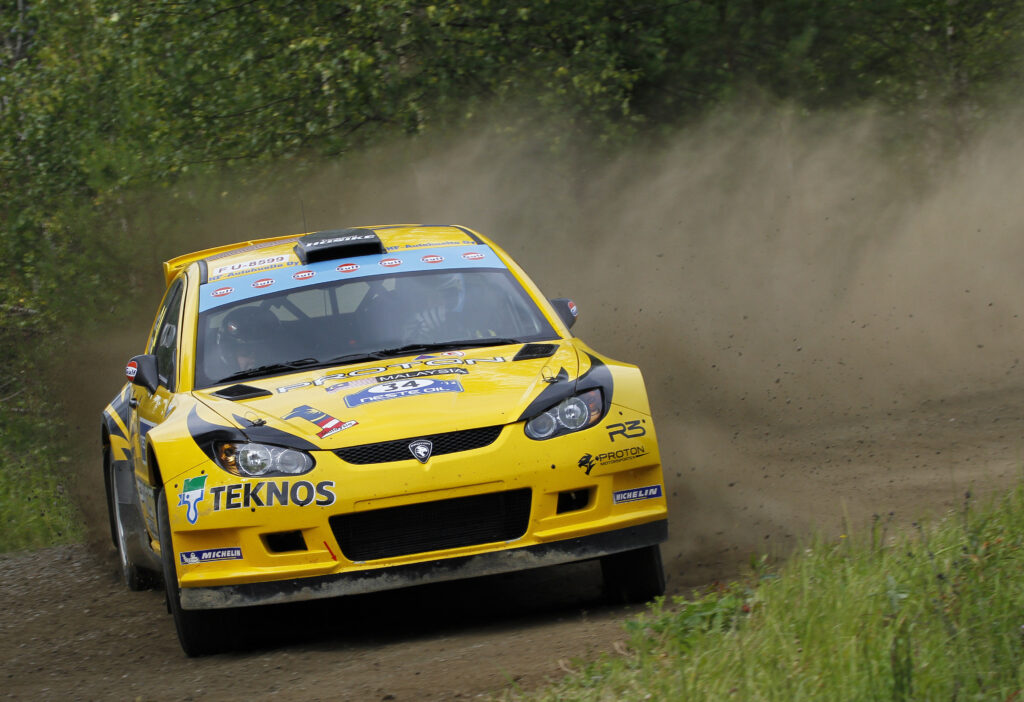
Proton Satria Neo
Super 1600
Fiat Punto S1600
Citroën Saxo S1600
Citroën C2 S1600
Renault Clio S1600
Peugeot 206 S1600
Ford Puma S1600
Ford Fiesta S1600
Mg Zr S1600
Suzuki Ignis S1600
Suzuki Swift S1600
Opel Corsa S1600
Volkswagen Polo S1600
Proton Satria S1600
The Super 1600 cars were born in 2001 with the specific intention of having performance cars, based on the extremely successful k10s, but simplifying their technical regulations by achieving a reduction in their purchase and management costs, but maintaining their appeal with their "enlarged" shapes and decidedly interesting performance.
Their main goal was to train young drivers and hence their use in the Junior category in some World Championship races, which led to beautiful battles with big names starting with Loeb and Ogier (winners of the championship of the category that then launched them into the Olympus of the WRC), without forgetting others such as Meeke, Sordo etc.
Over the years these cars have emerged as the main actors, and winners, of national and regional championships, again offering epic battles with the direct support of manufacturers from Fiat to Renault, via Citroen and Peugeot, not forgetting the great effort that Suzuki presented in the World Championship.
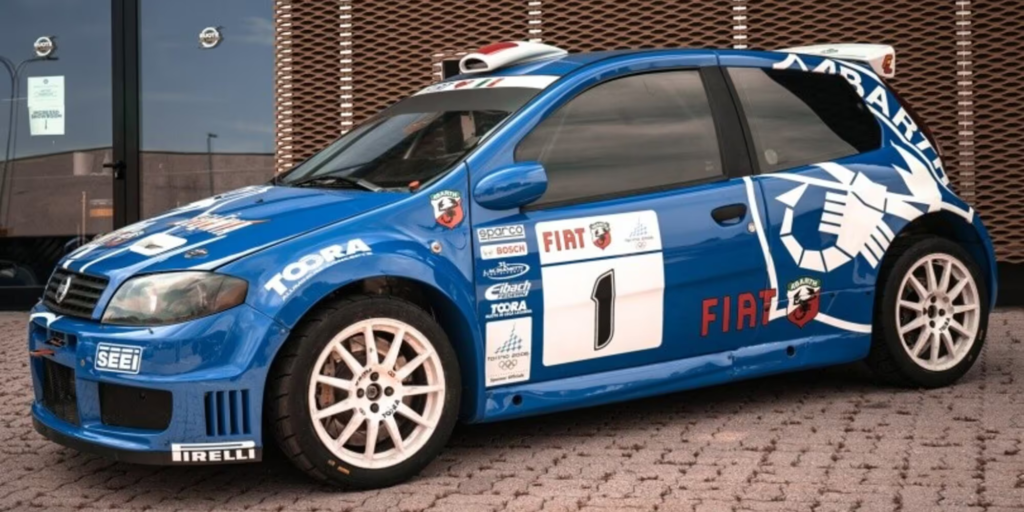
Fiat Punto S1600
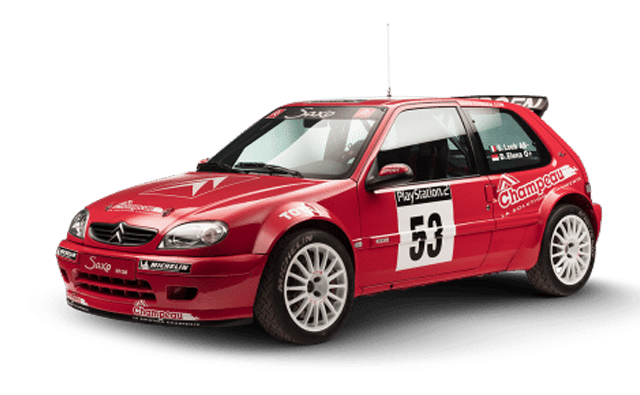
Citroën Saxo S1600
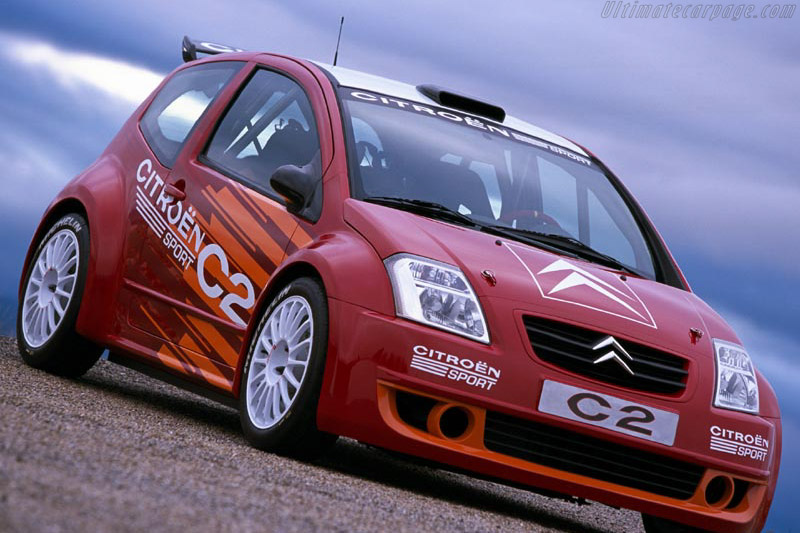
Citroën C2 S1600
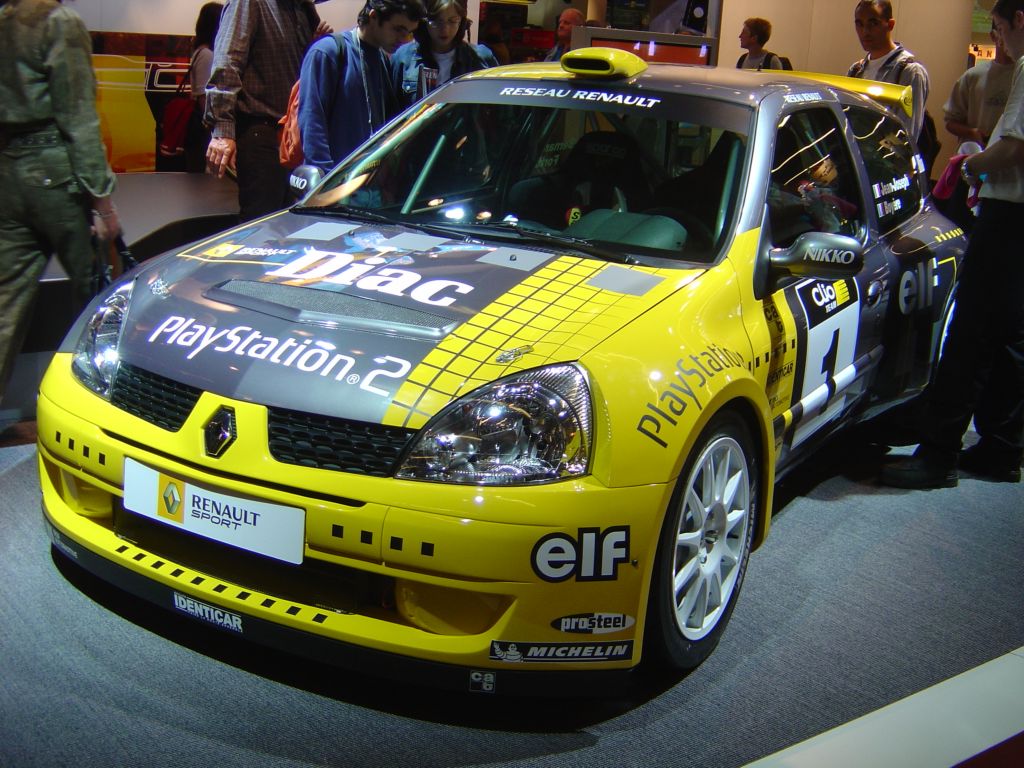
Renault Clio S1600

Peugeot 206 S1600
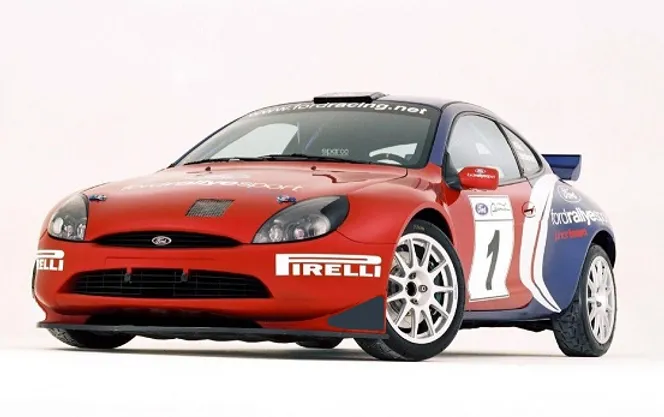
Ford Puma S1600

Ford Fiesta S1600

Mg Zr S1600

Suzuki Ignis S1600
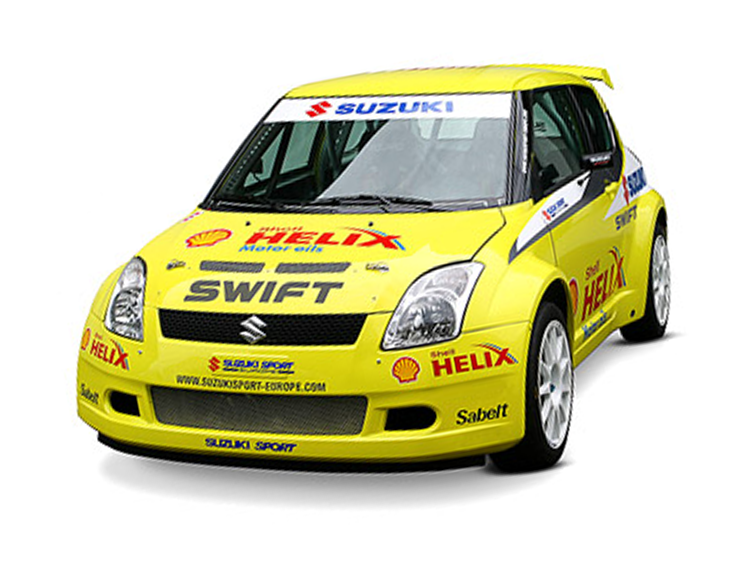
Suzuki Swift S1600
Opel Corsa S1600
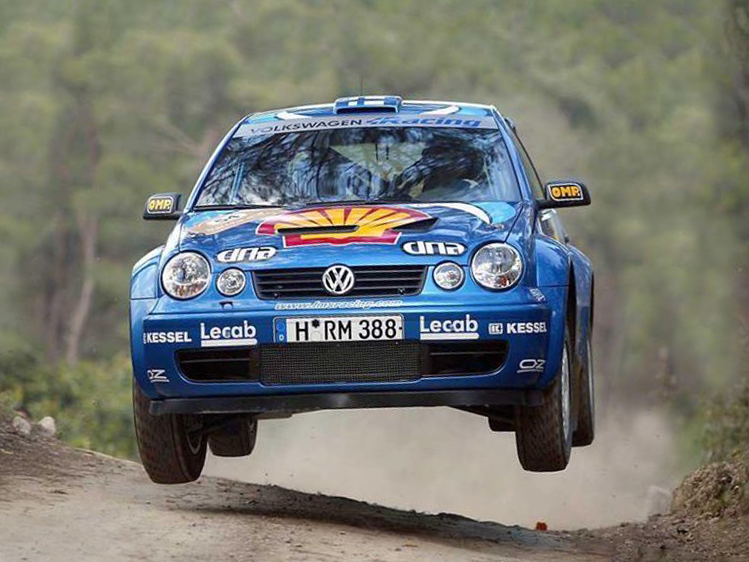
Volkswagen Polo S1600

Proton Satria S1600
Kit-car, class K10
Fiat Punto Kit
Peugeot 106 Maxi
Ford Puma Kit
Citroen Saxo Kit
Skoda Felicia Kit
Skoda Fabia Kit
Kit-cars with an engine capacity of up to 1,600 cc were the "little
sisters" of the K11s, with very similar technical regulations but with
less powerful engines and a more contained weight.
These cars, powered
by 4-cylinder 16-valve engines, which "breathed" through intakes with 4
throttle bodies, enjoyed about 215 hp, with a weight of less than 900
kg. Like their big sisters, they were all equipped with a six-speed
sequential gearbox and limited slip differential.
The technical
regulations of the K10 then formed the basis for the birth of the Super
1600, cars which differed above all in their single-throttle aspiration
and which gave birth to the Junior World Rally Championship starting in
2001, a series which was won first year by Sébastien Loeb and then,
among others, by Daniel Sordo in 2005 and Sébastien Ogier in 2008.
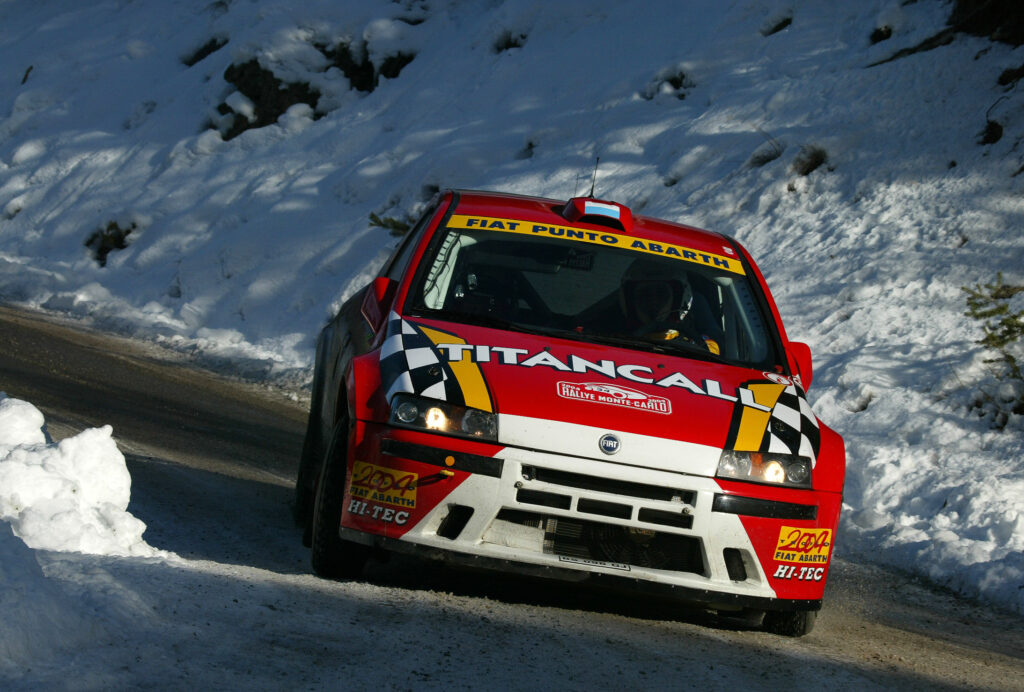
Fiat Punto Kit
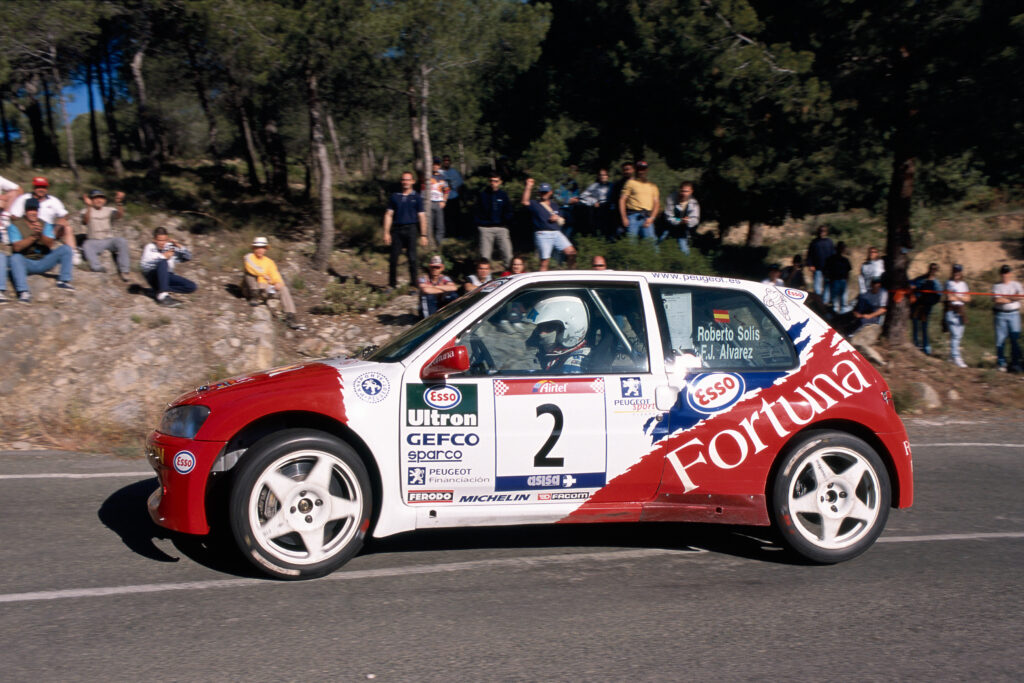
Peugeot 106 Maxi
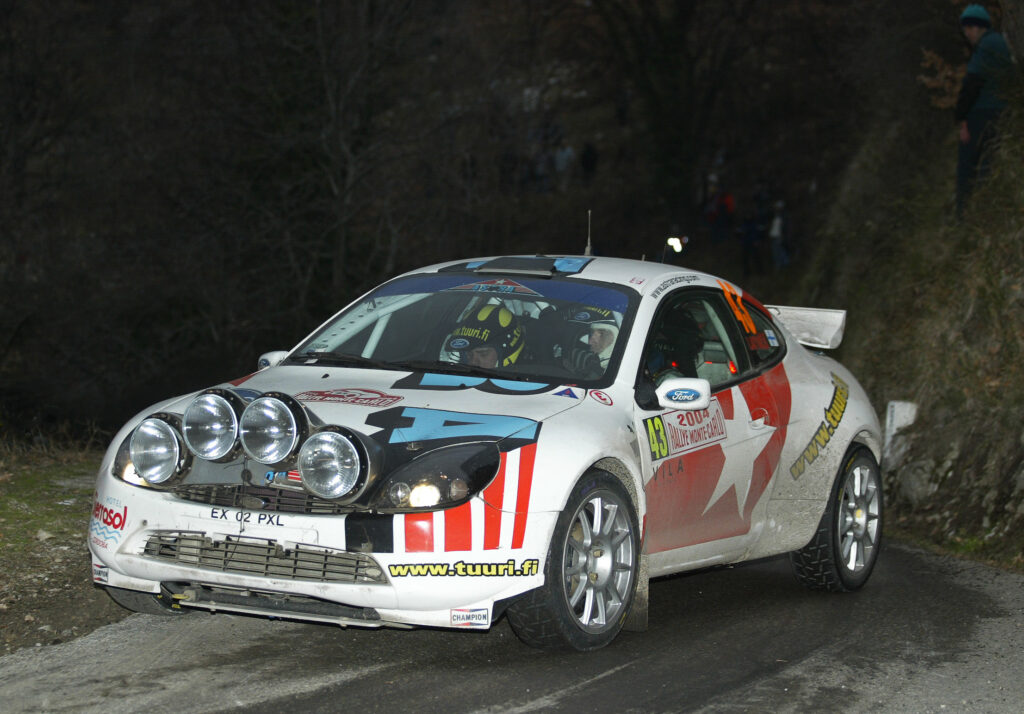
Ford Puma Kit
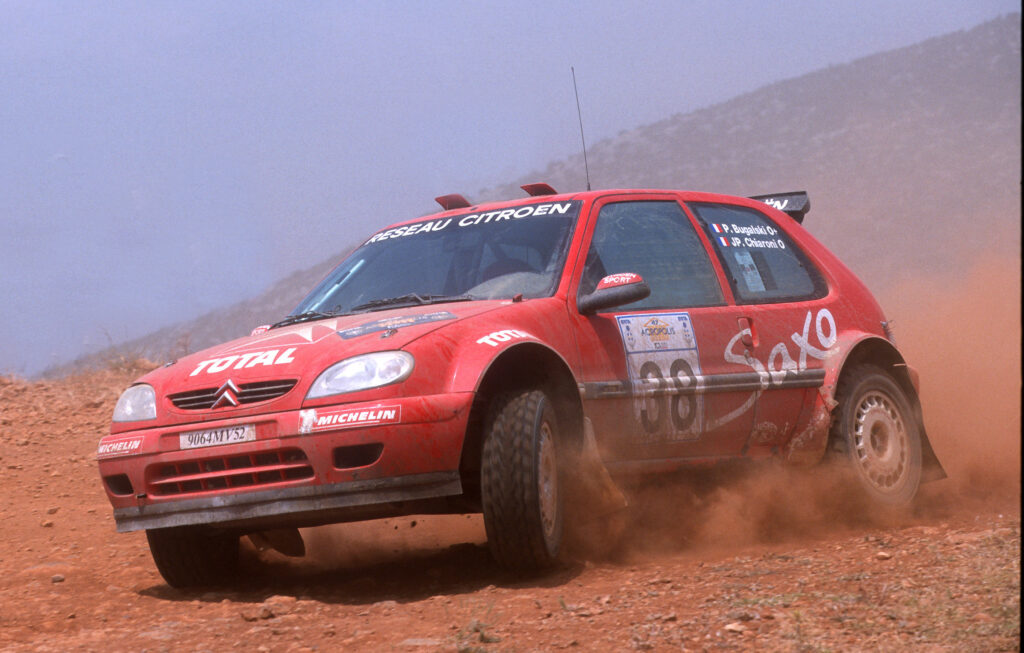
Citroen Saxo Kit
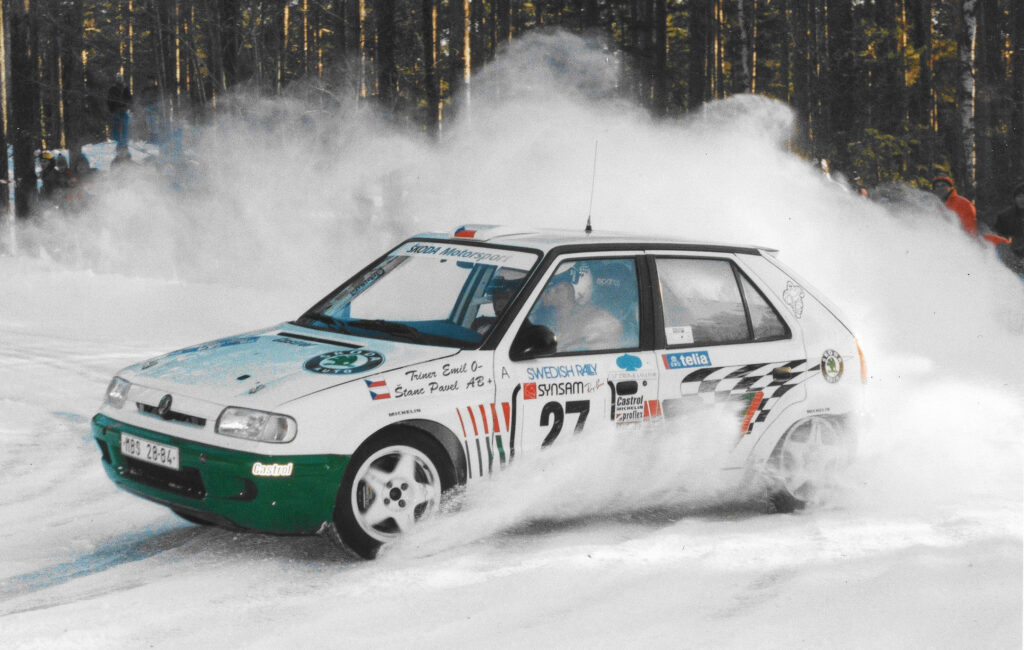
Skoda Felicia Kit
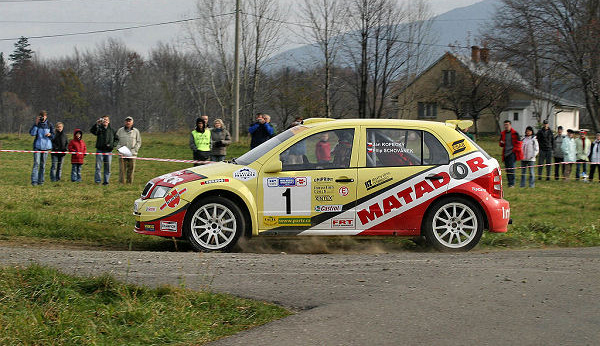
Skoda Fabia Kit
MANCA
Kit-car, class K11
(compliant with technical regulation 1999)
Renault Clio Maxi
Peugeot 306 Maxi e EVO
Ford Escort RS 2000
Vauxhall Astra Kit Car
Volkswagen Golf MK3/4 Kit Car
Renault Megane Maxi
Seat Ibiza Gti
Citroen Xsara Coupè
Hyundai Coupè
Nissan Almera Kit
Skoda Octavia Kit
Citroen ZX Kit Car
The 2,000 Kit-cars, gathered in the K11 class, have entered the
collective imagination as some of the most fascinating cars in the
history of rallies, thanks to their "muscular" shapes and the howl of
naturally aspirated engines with very high engine speeds.
These are
front-wheel drive cars, derived from Group A, but further elaborated,
with four-butterfly intake and enlarged bodies.
Kit-cars were
characterized by their low weight (initially 960 kg dry) and power
outputs just under 300 hp.
The cars were born in 1995 and the FIA
decided to set up the F2 World Championship reserved for kit-cars, a
series in which Seat was especially involved, winning the title in 1995,
1996 and 1997.
The Citroen Xsara K11, which was the basis for the future
Xsara Wrc capable of dominating for a long time, managed to take two
overall victories in 1999, when the late Philippe Bugalski won the Tour
de Corse and Catalunya beating all the Wrc.
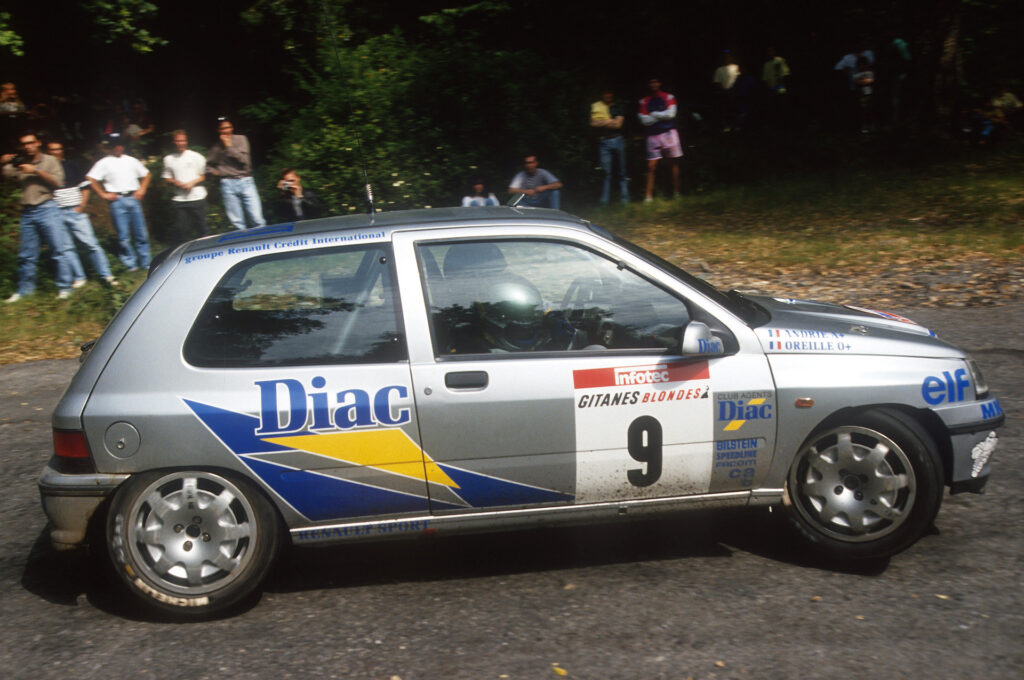
Renault Clio Maxi
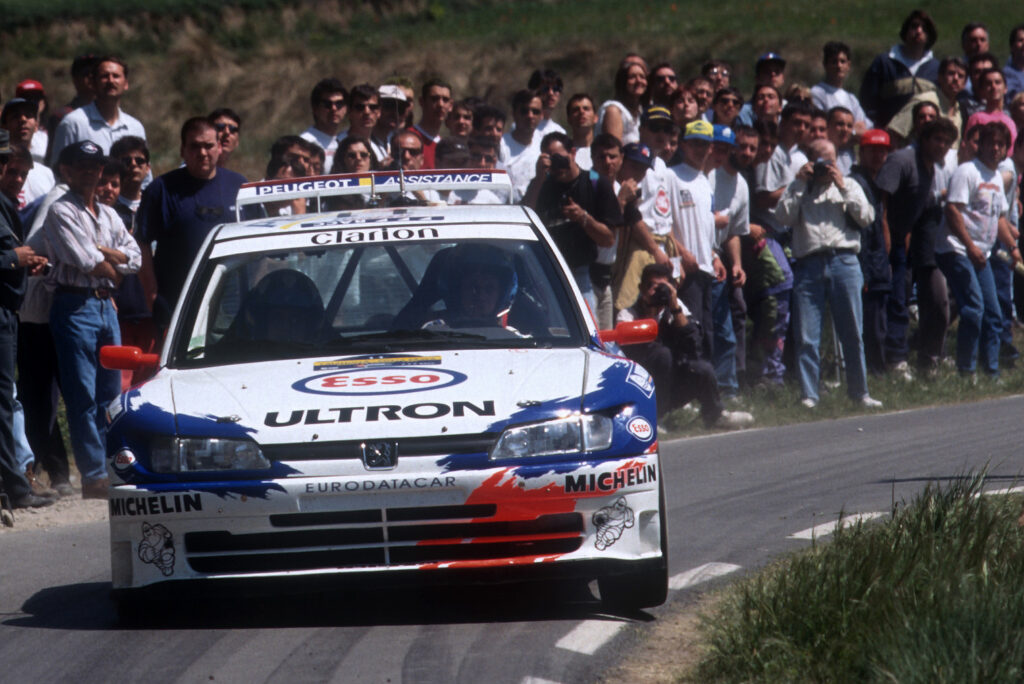
Peugeot 306 Maxi e EVO
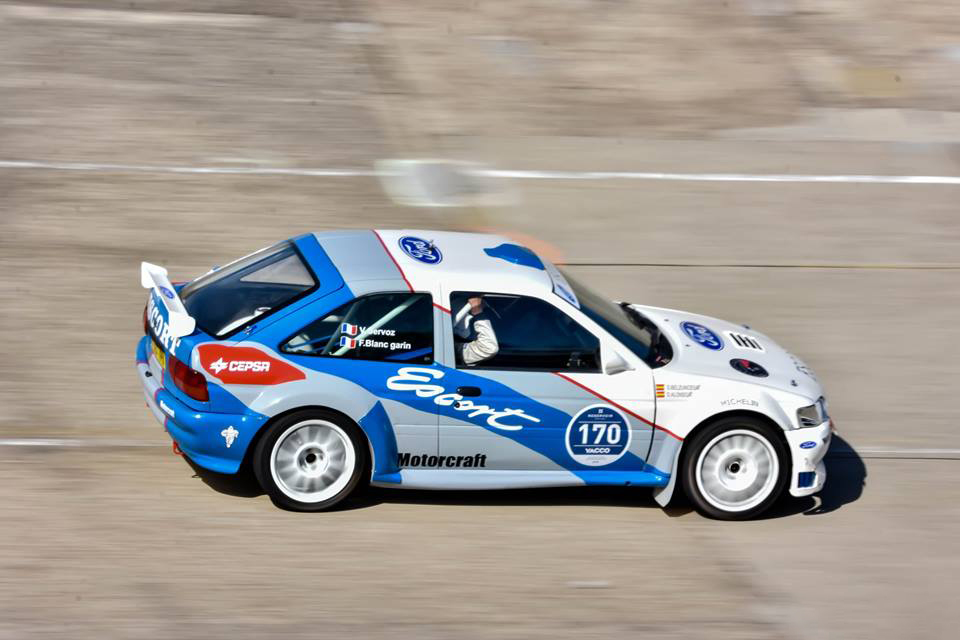
Ford Escort RS 2000
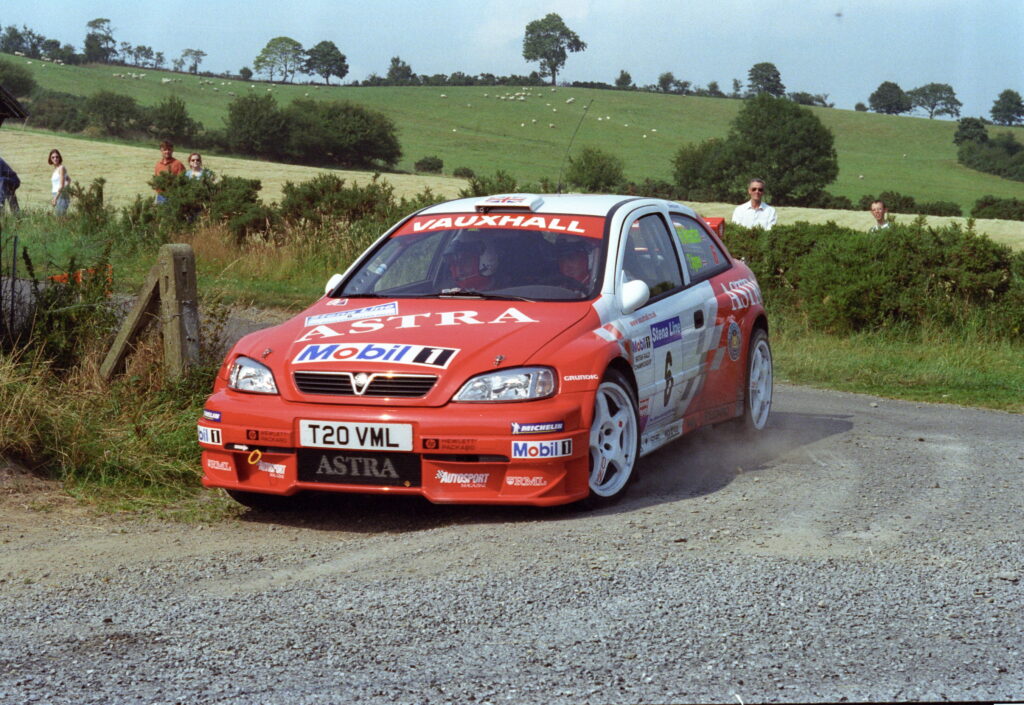
Vauxhall Astra Kit Car
MANCA
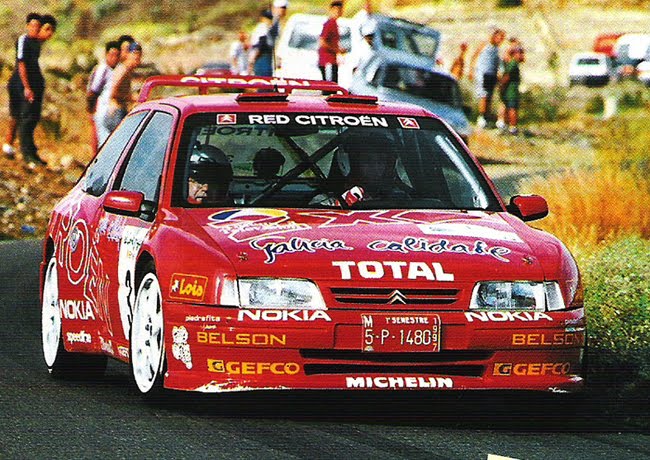
Citroen ZX Kit Car
MANCA
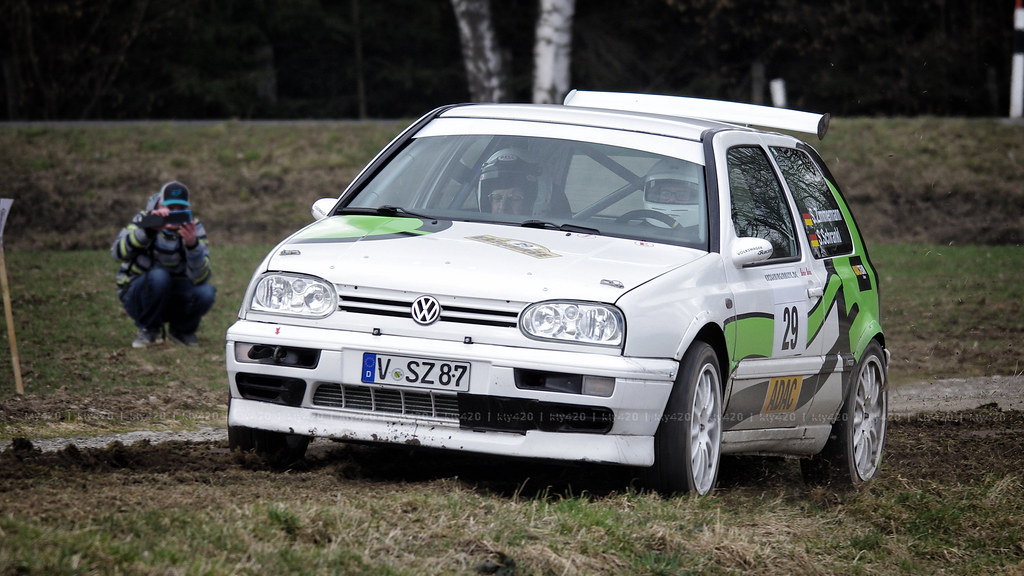
Volkswagen Golf MK3/4 Kit Car
MANCA
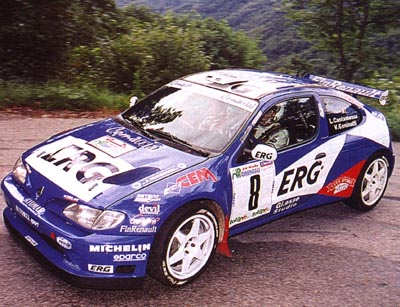
Renault Megane Maxi
MANCA
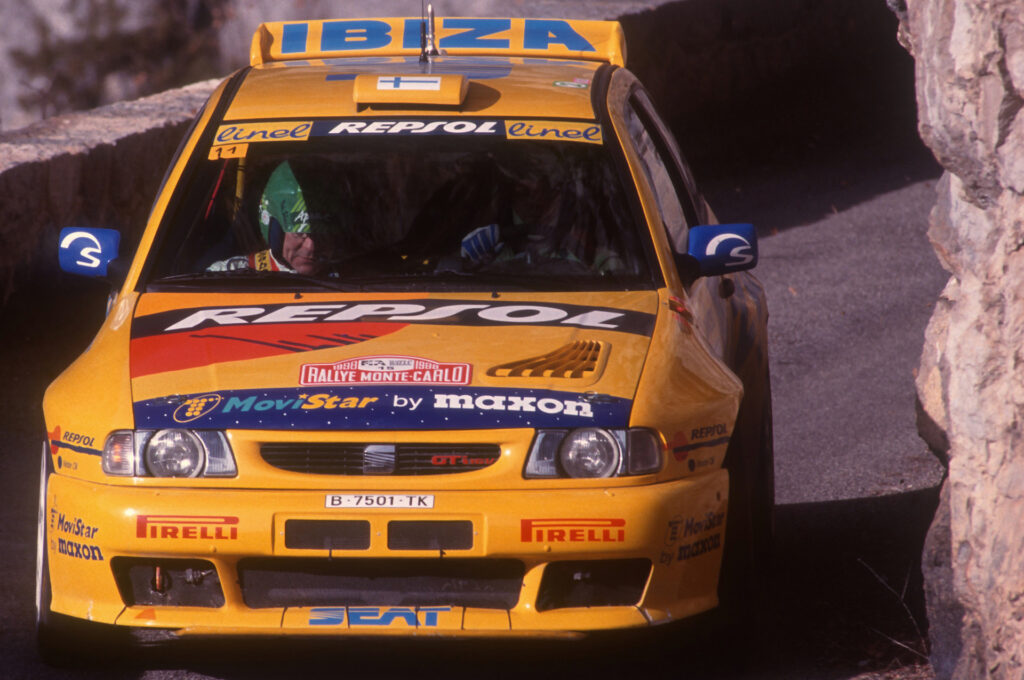
Seat Ibiza Gti
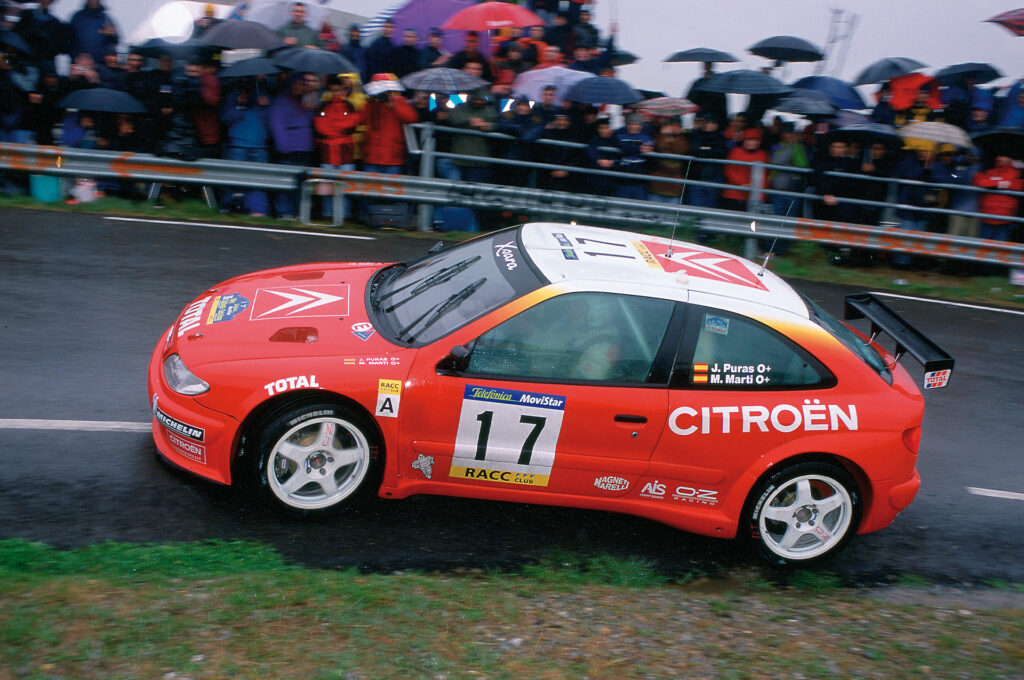
Citroen Xsara Coupè
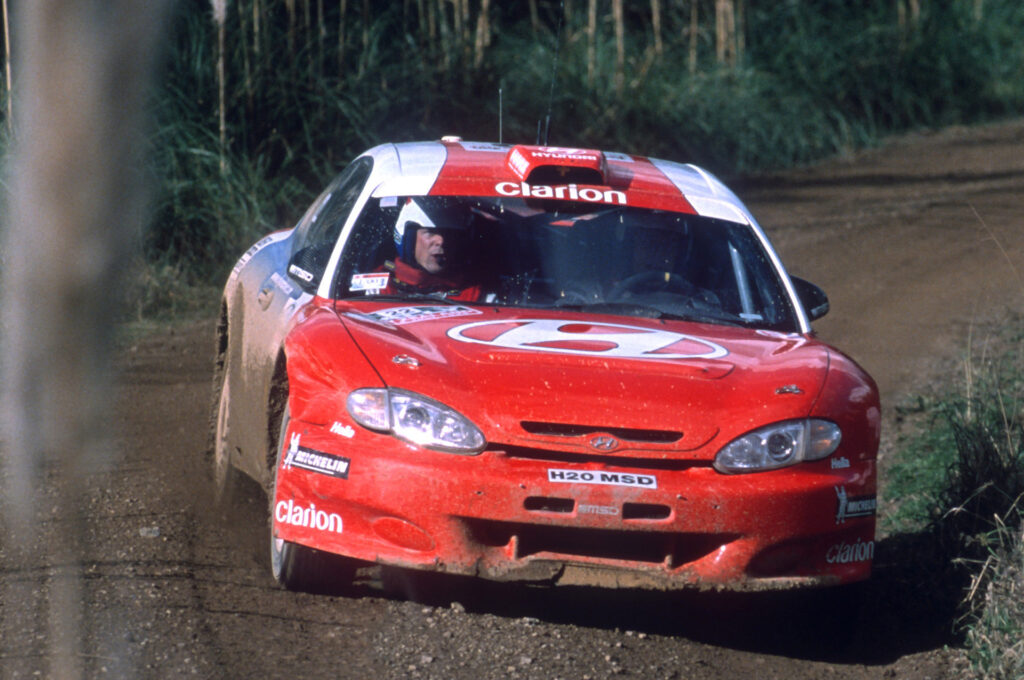
Hyundai Coupè
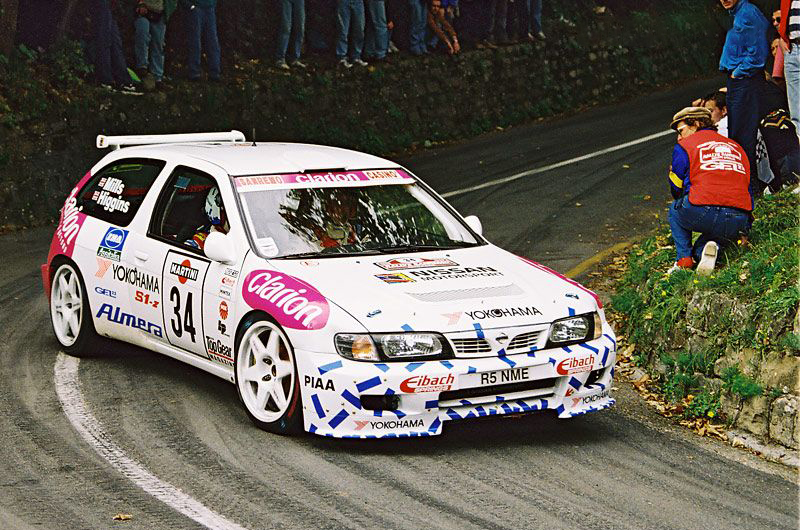
Nissan Almera Kit
MANCA
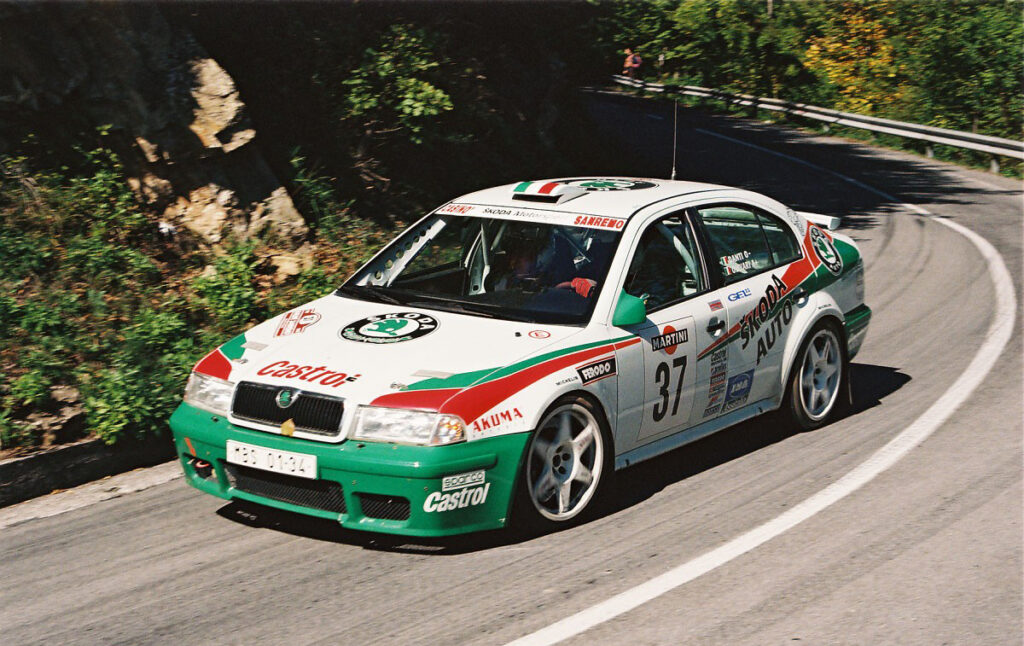
Skoda Octavia Kit
MANCA
Group A, class A8
Nissan Sunny Gti R 4×4
Lancia Delta HF Integrale “Deltone”
Toyota Celica St185
Ford Escort RS Cosworth
Mitsubishi Lancer RS (Evoluzioni tutte)
Toyota Celica GT Four St205
Subaru Impreza
Group A became the queens of the World Rally Championship starting in
1987, to replace the "monsters" of Group B, whose performance was no
longer compatible with the safety standards of the time.
The Group A
were no longer prototypes, but cars derived from mass production, based
on a model produced in at least 2,500 units, but subject to profound
modifications. The A8 was the premier class, reserved for four-wheel
drive cars, with a 2,000 cc supercharged engine and approximately 300 HP
of power and a minimum weight of 1,230 kg.
The latest evolutions of the
A8s, those deployed from 1995 onwards and admitted to compete in the
Mythical Cars Rally, were the basis from which the first World Rally
Cars were then born, with which they shared the world stage, even
managing to beat them for first three years, with the drivers' titles
won by the Finn Tommi Makinen in 1997, 1998 and 1999 at the wheel of the
Mitsubishi Lancer in the Group A version.
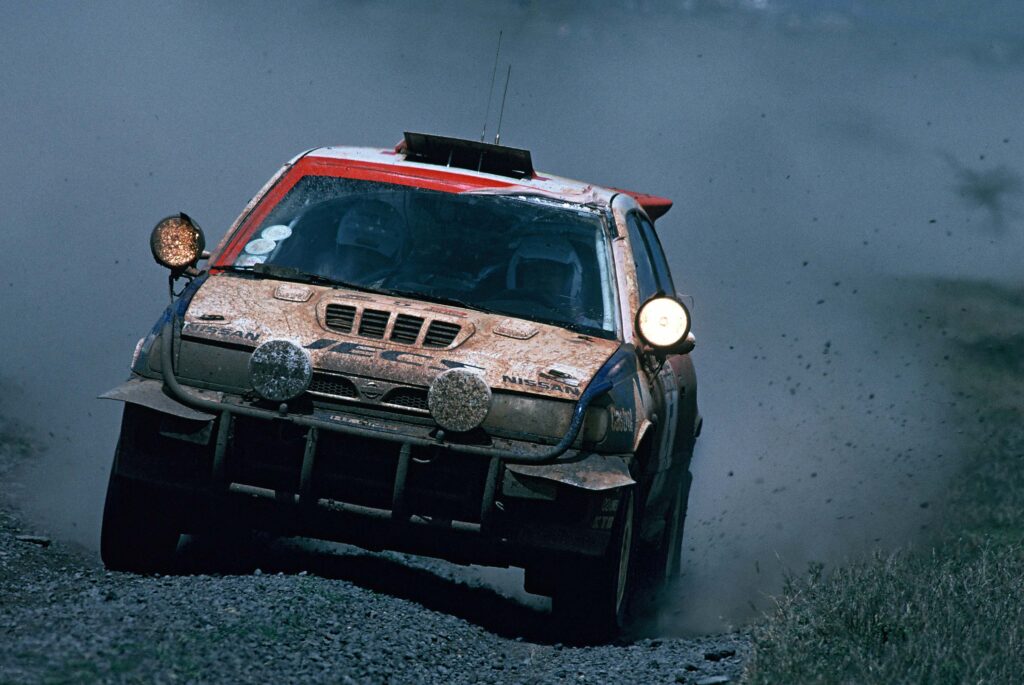
Nissan Sunny Gti R 4x4
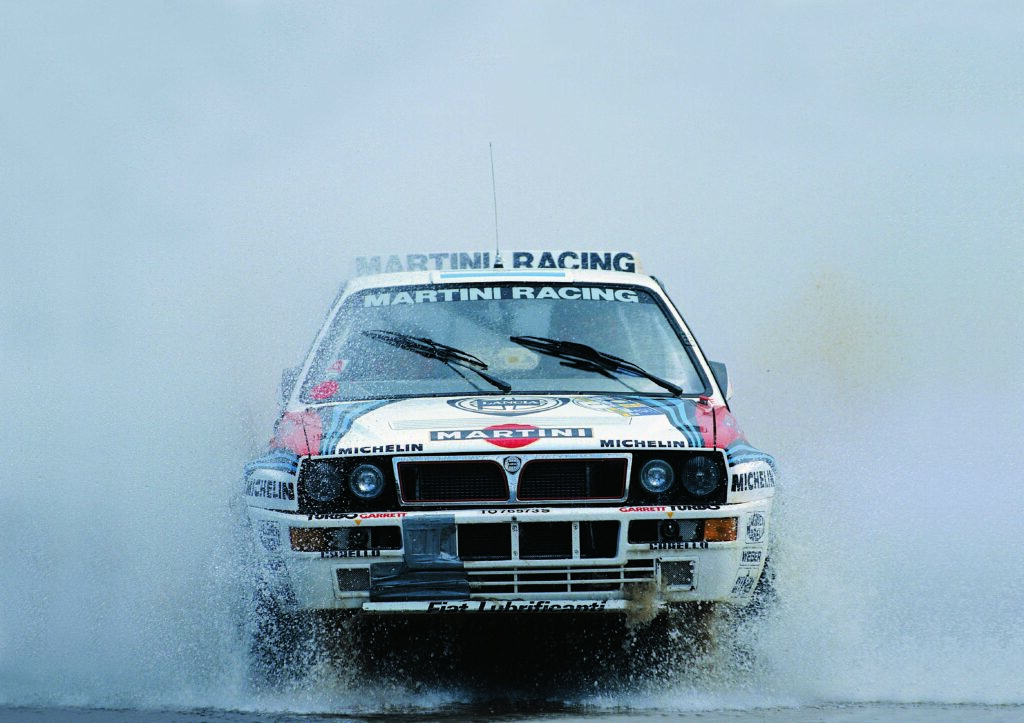
Lancia Delta HF Integrale "Deltone"
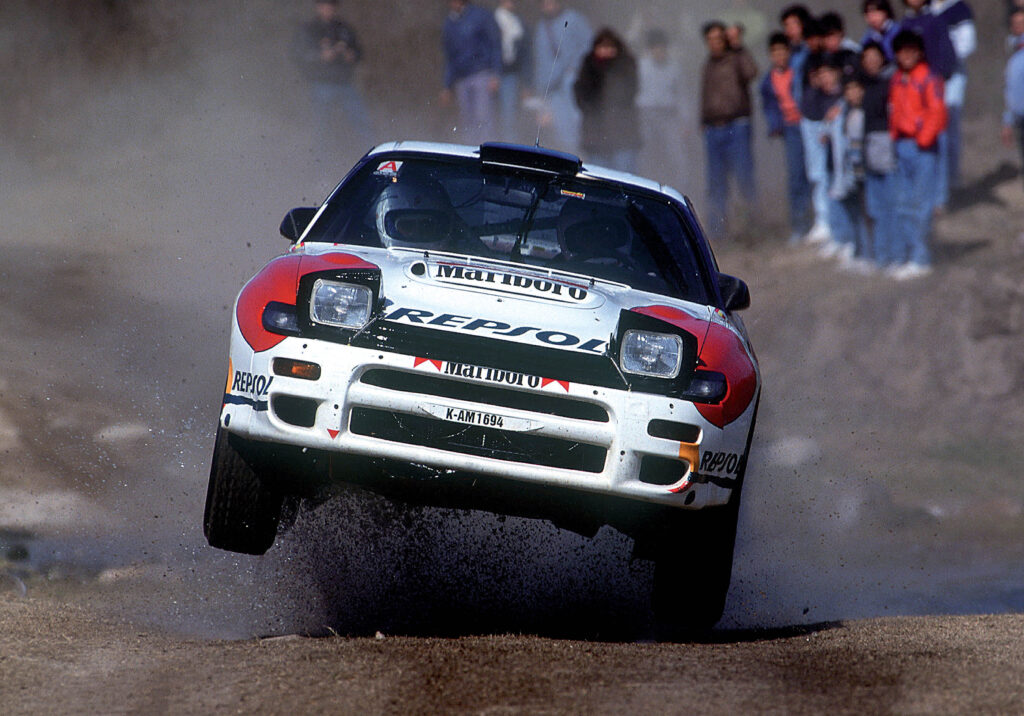
Toyota Celica St185
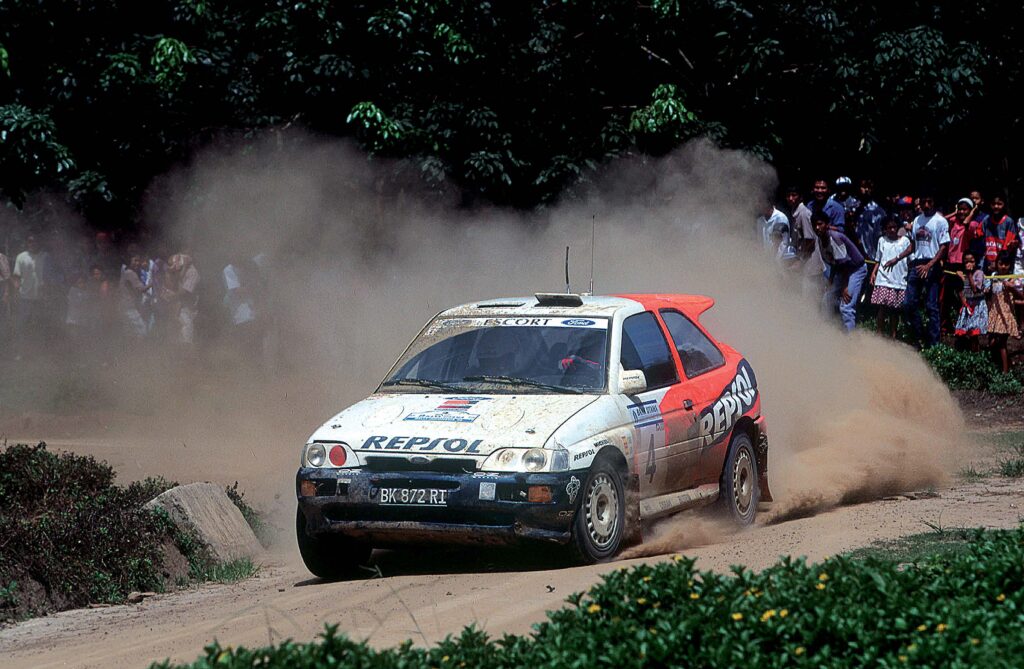
Ford Escort RS Cosworth
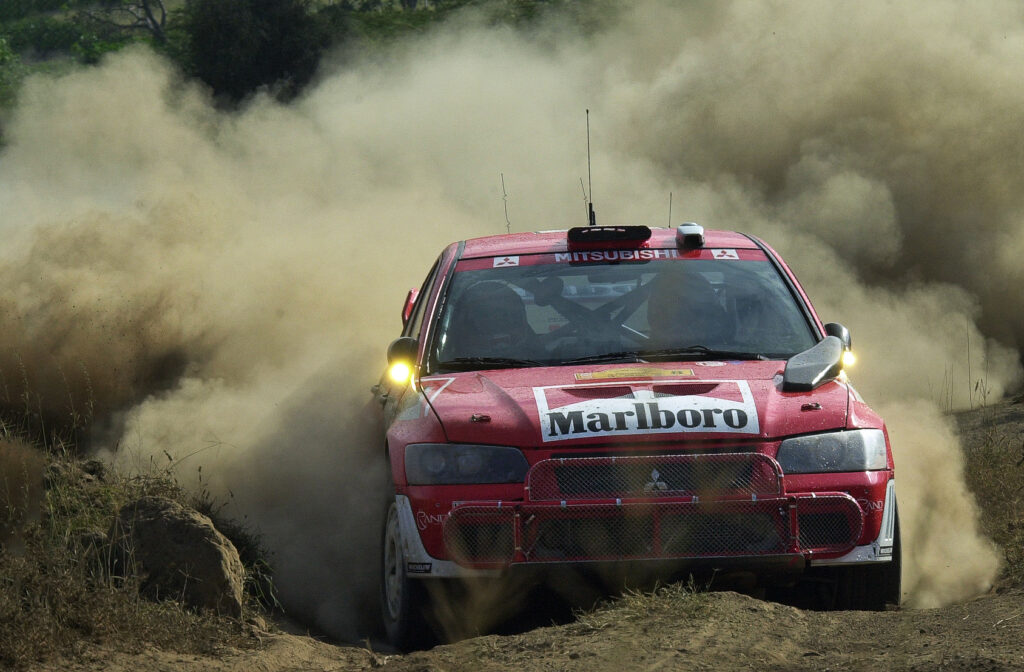
Mitsubishi Lancer RS (Evoluzioni tutte)
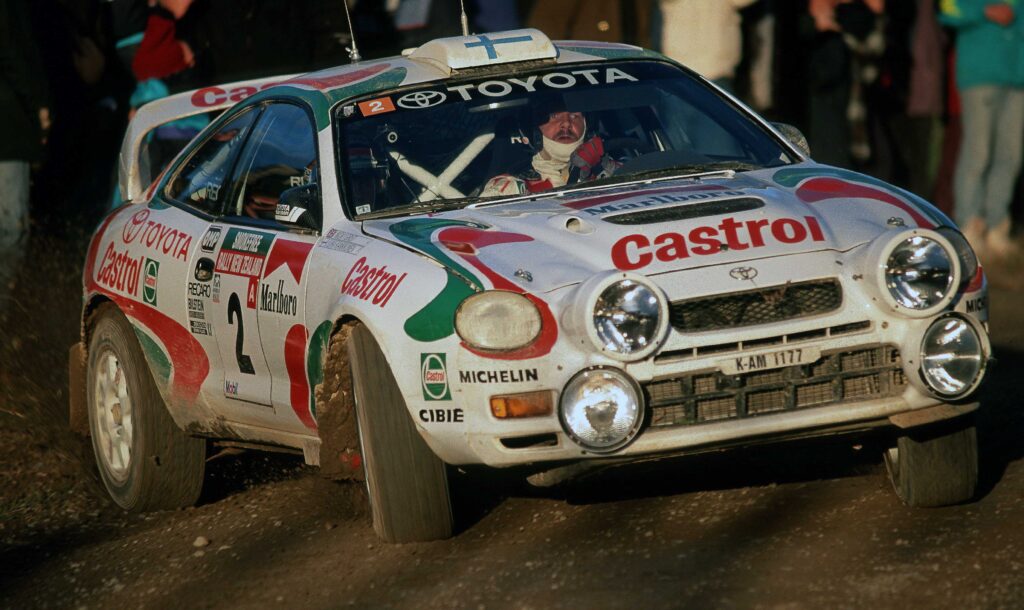
Toyota Celica GT Four St205
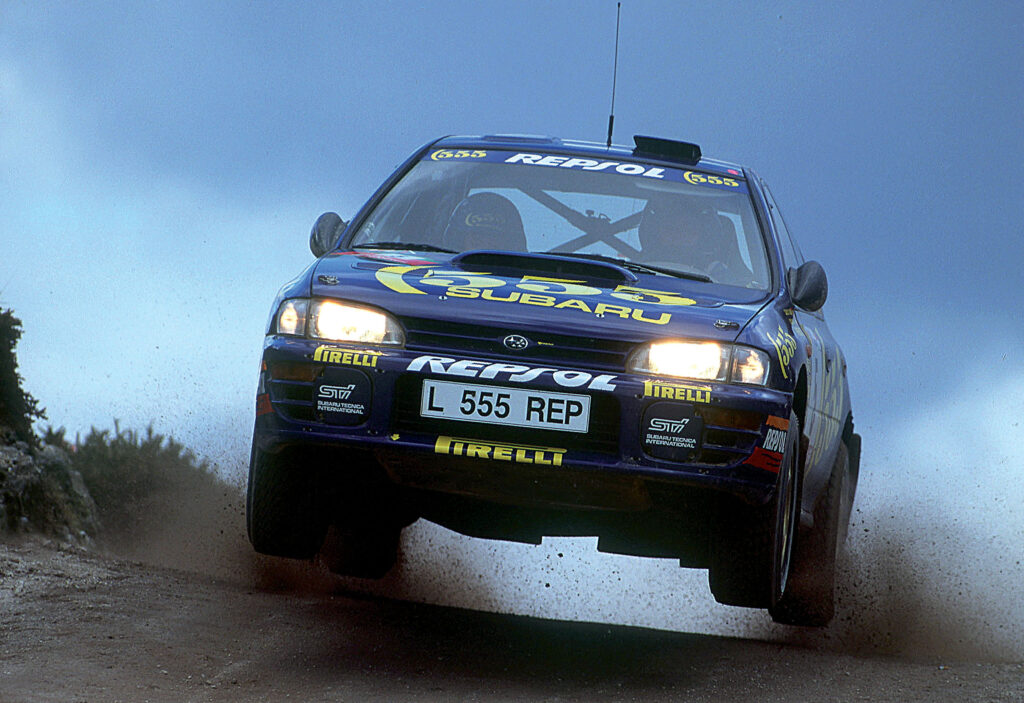
Subaru Impreza
es courtesy of Martella Manrico. All reproduction rights reserved.

